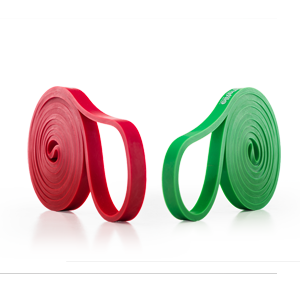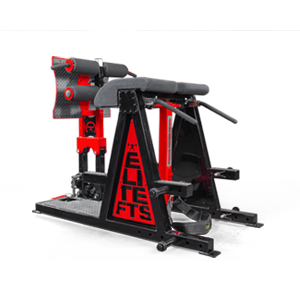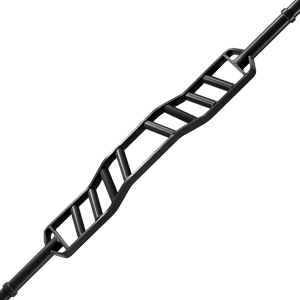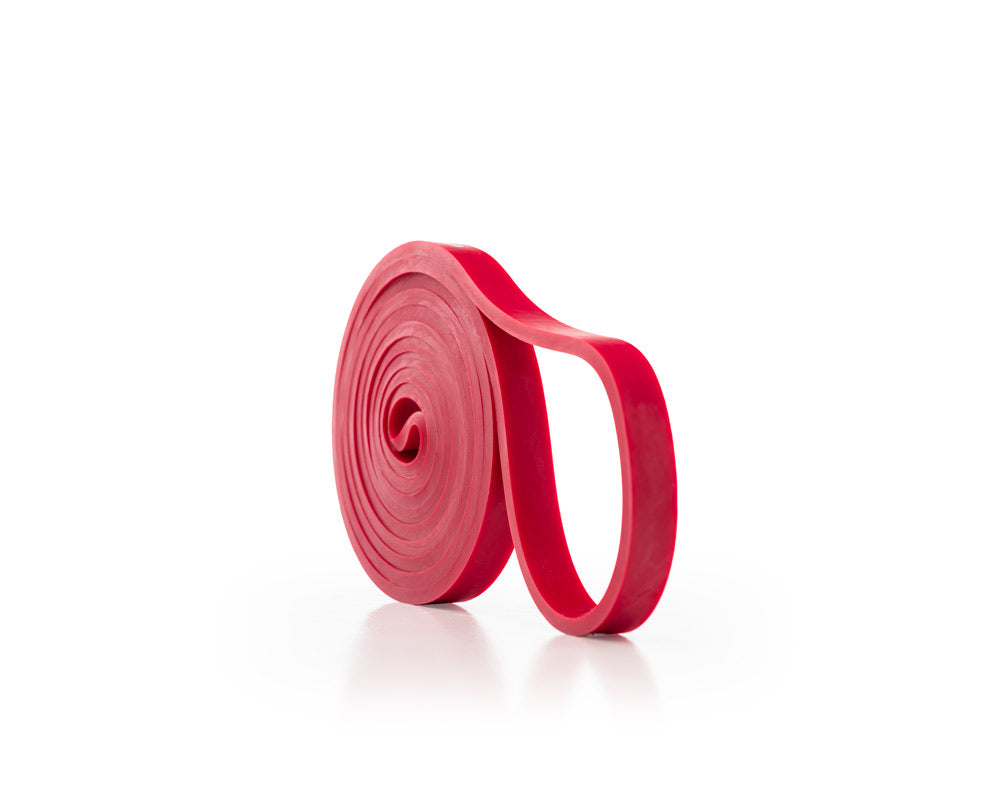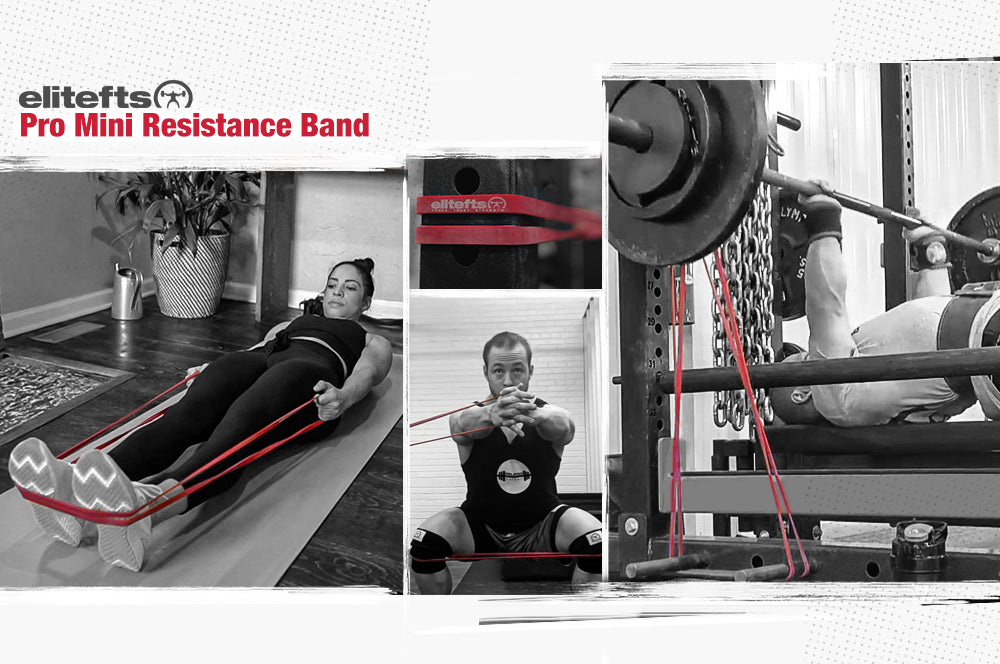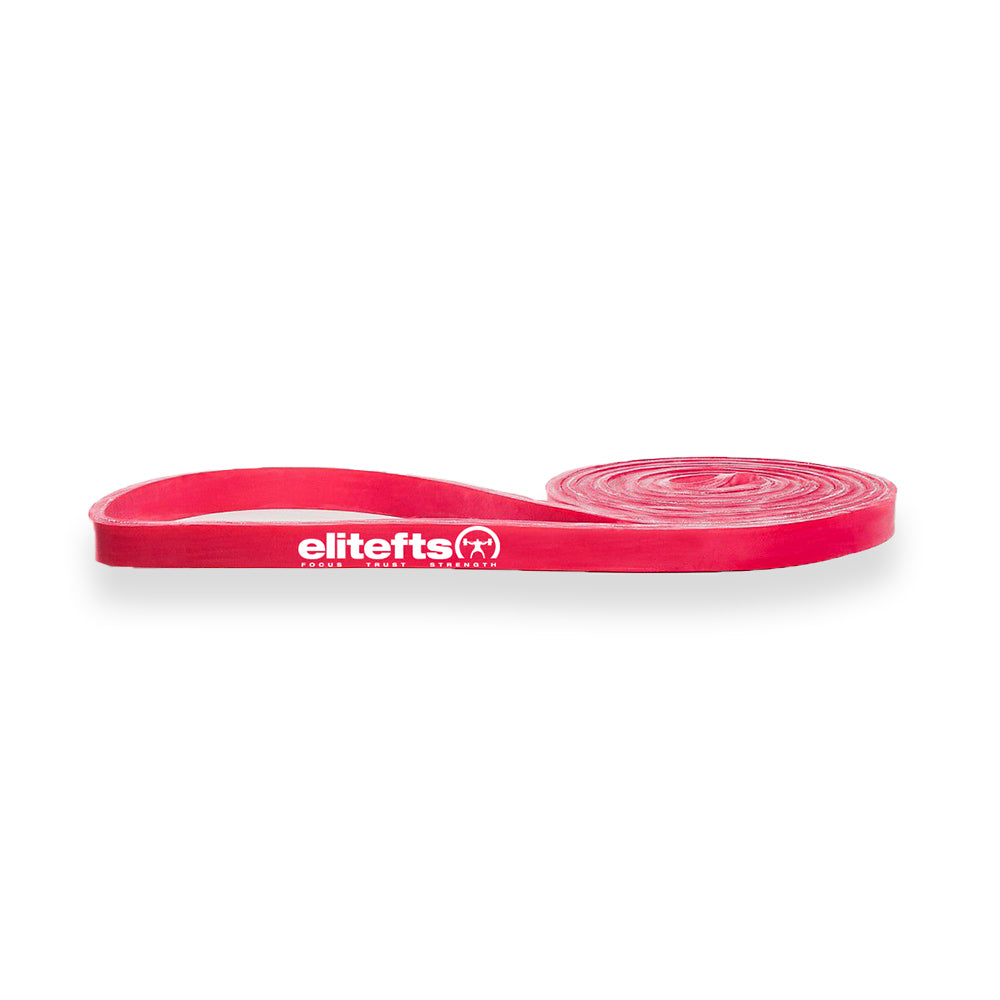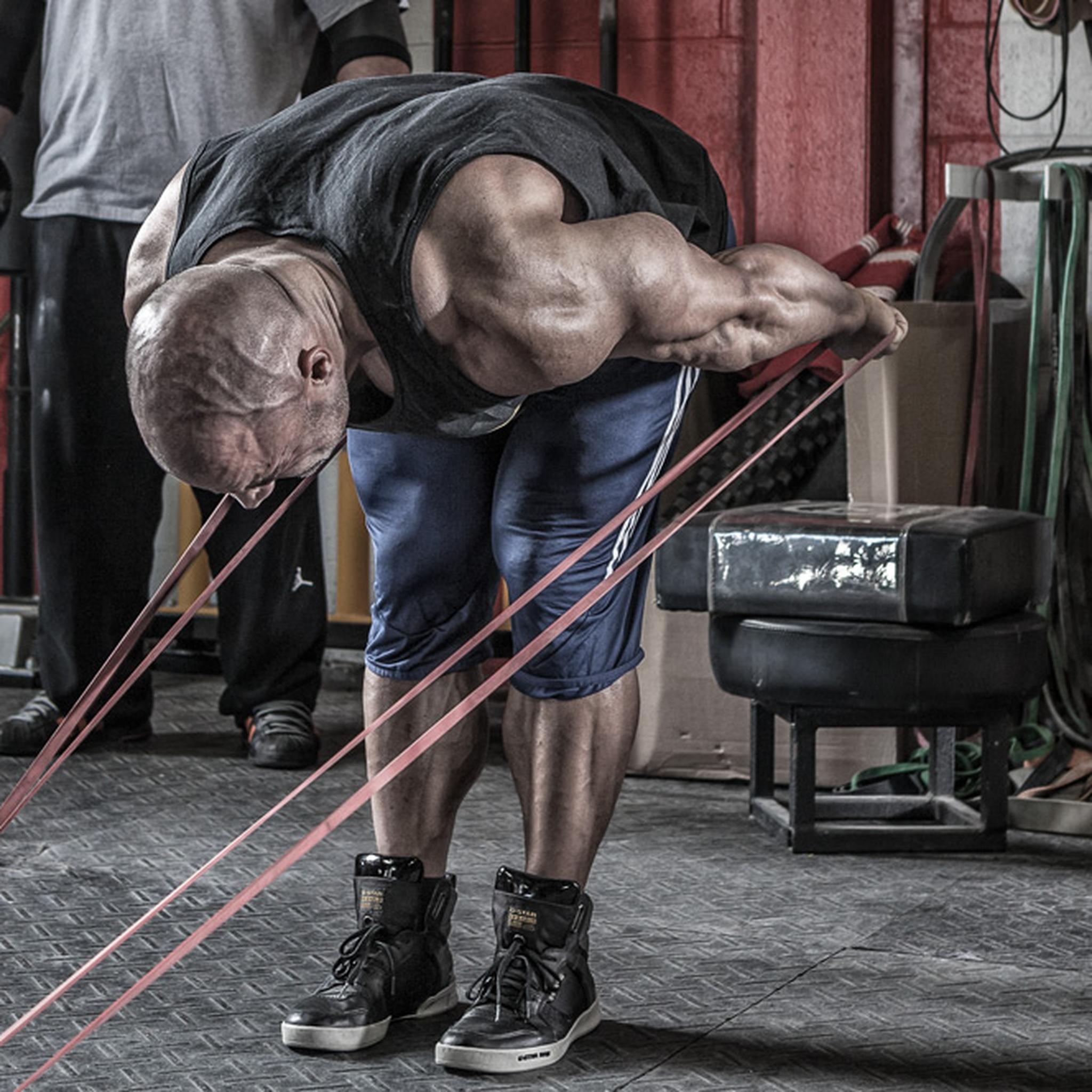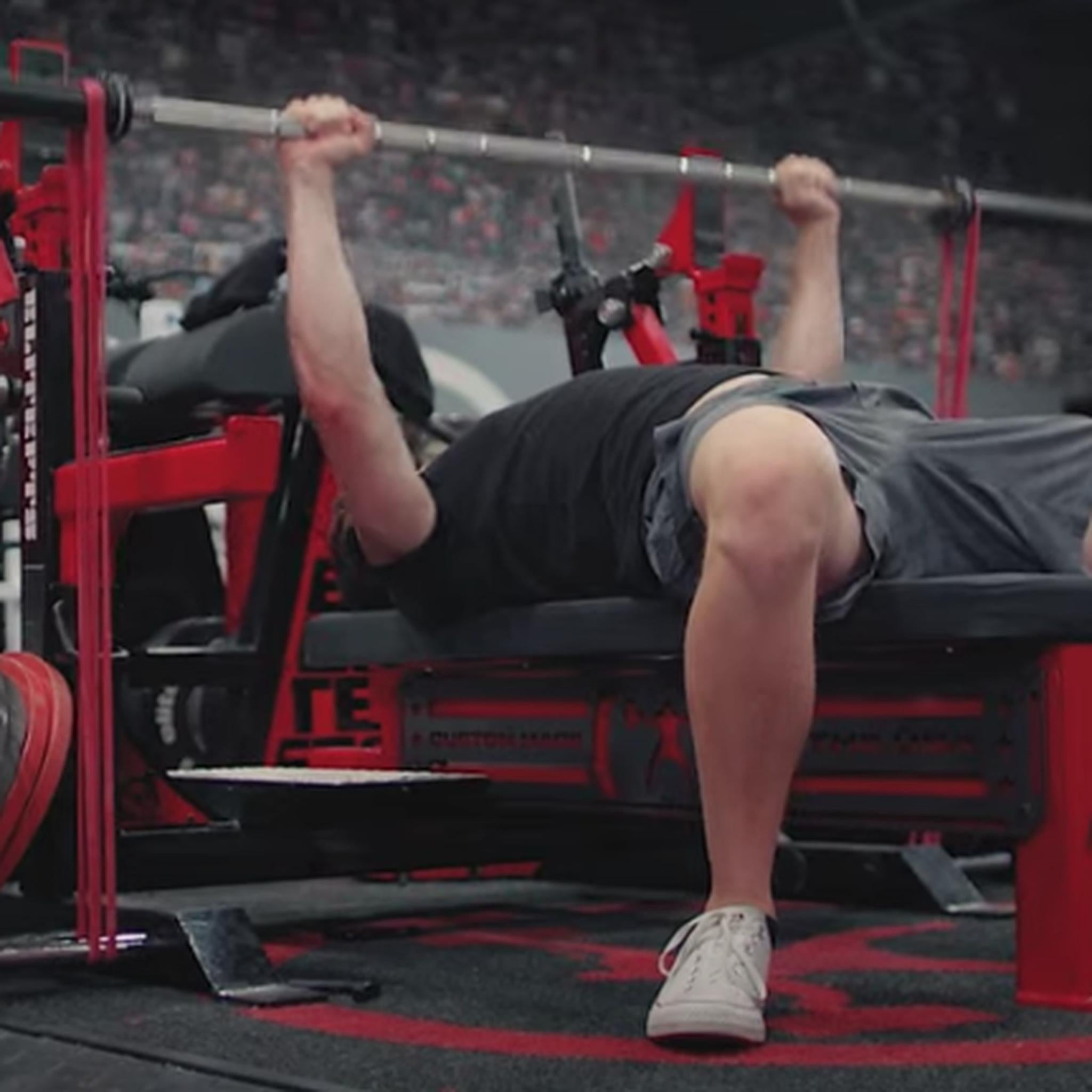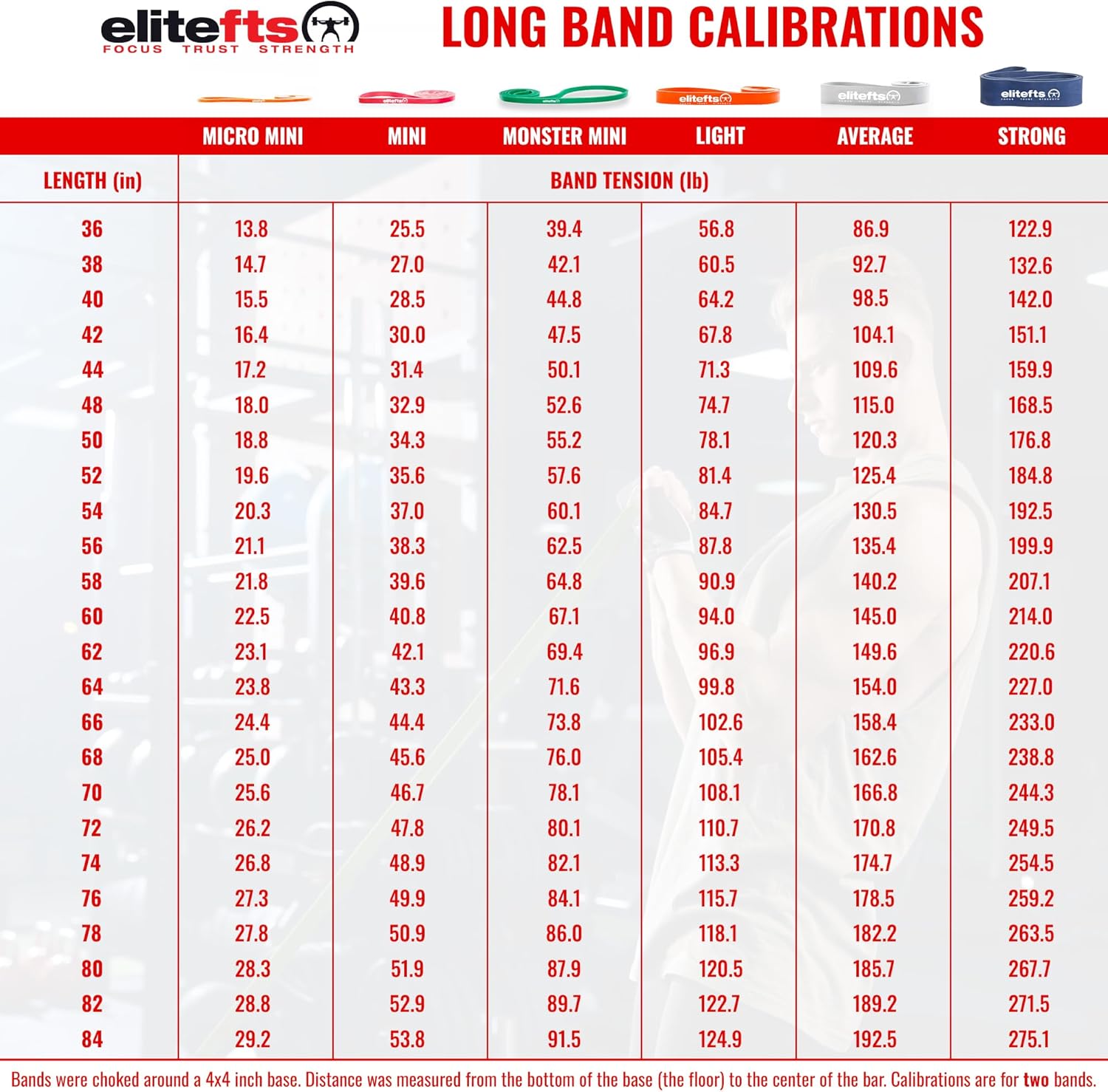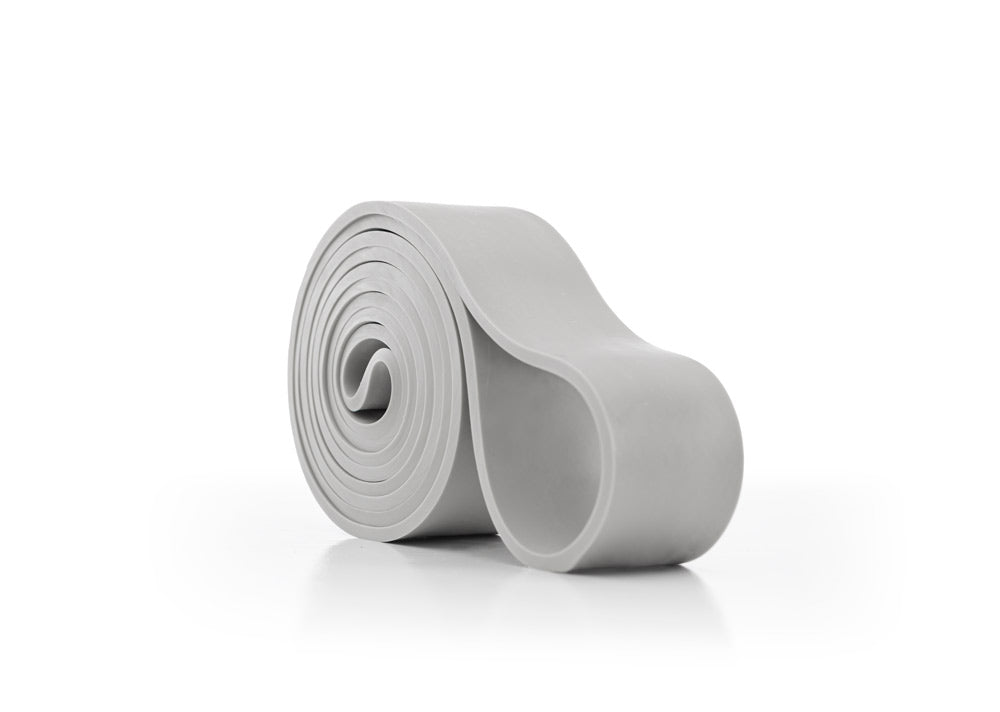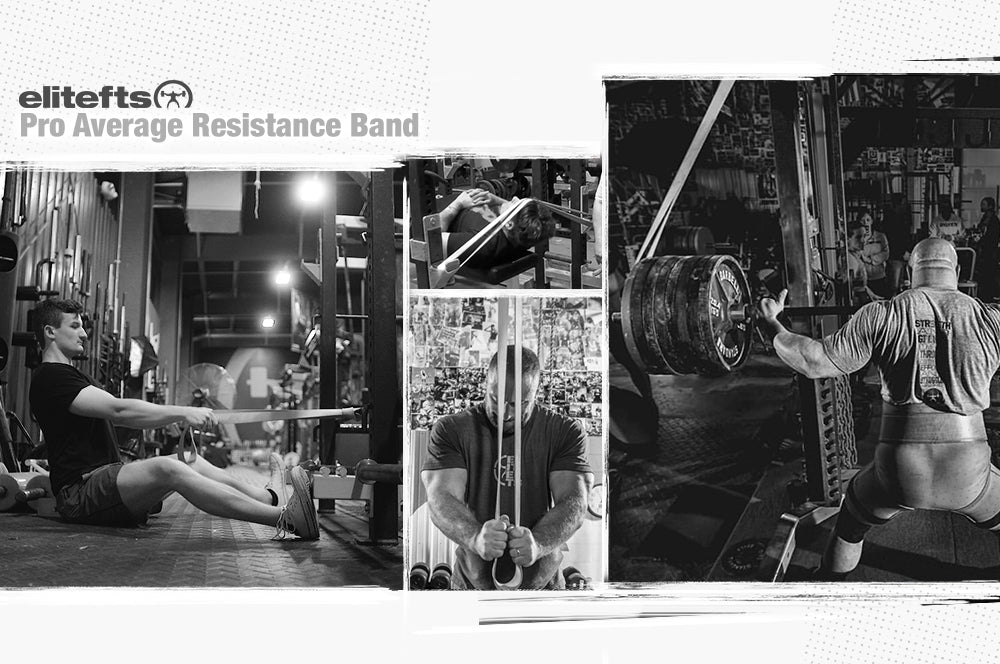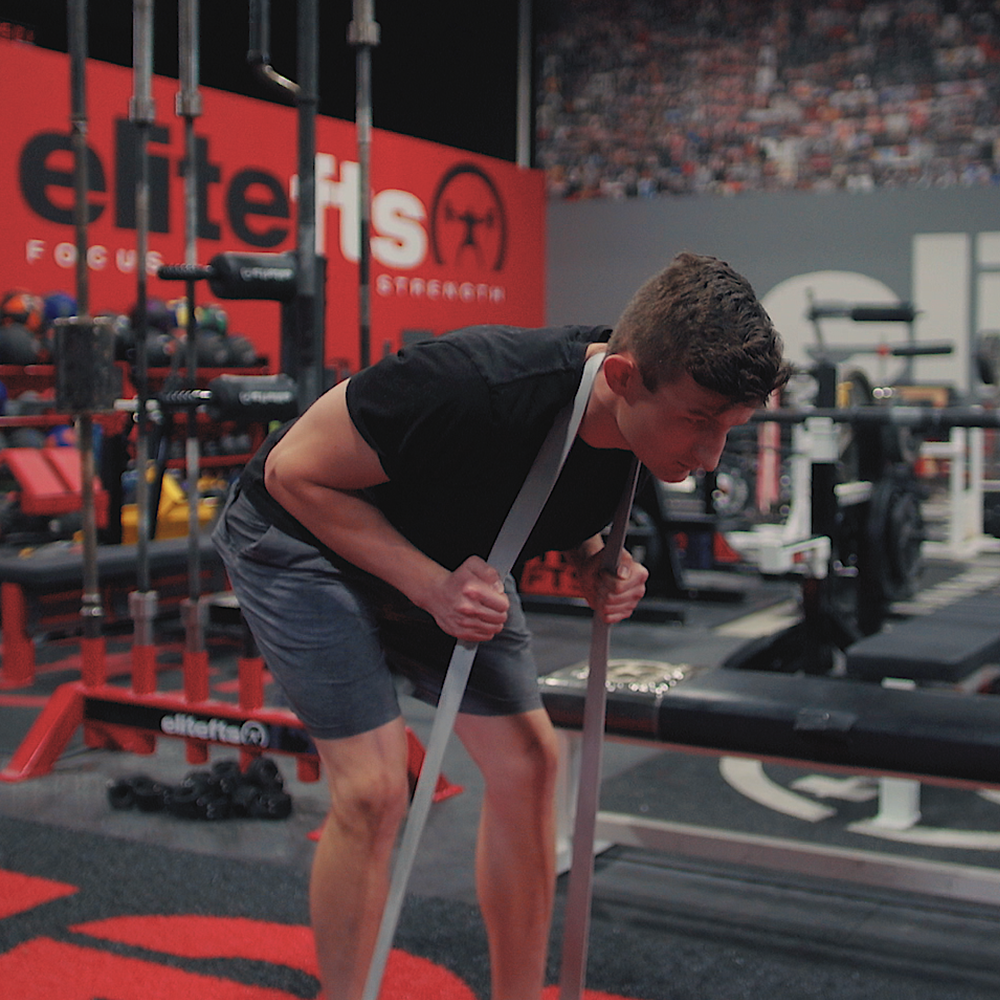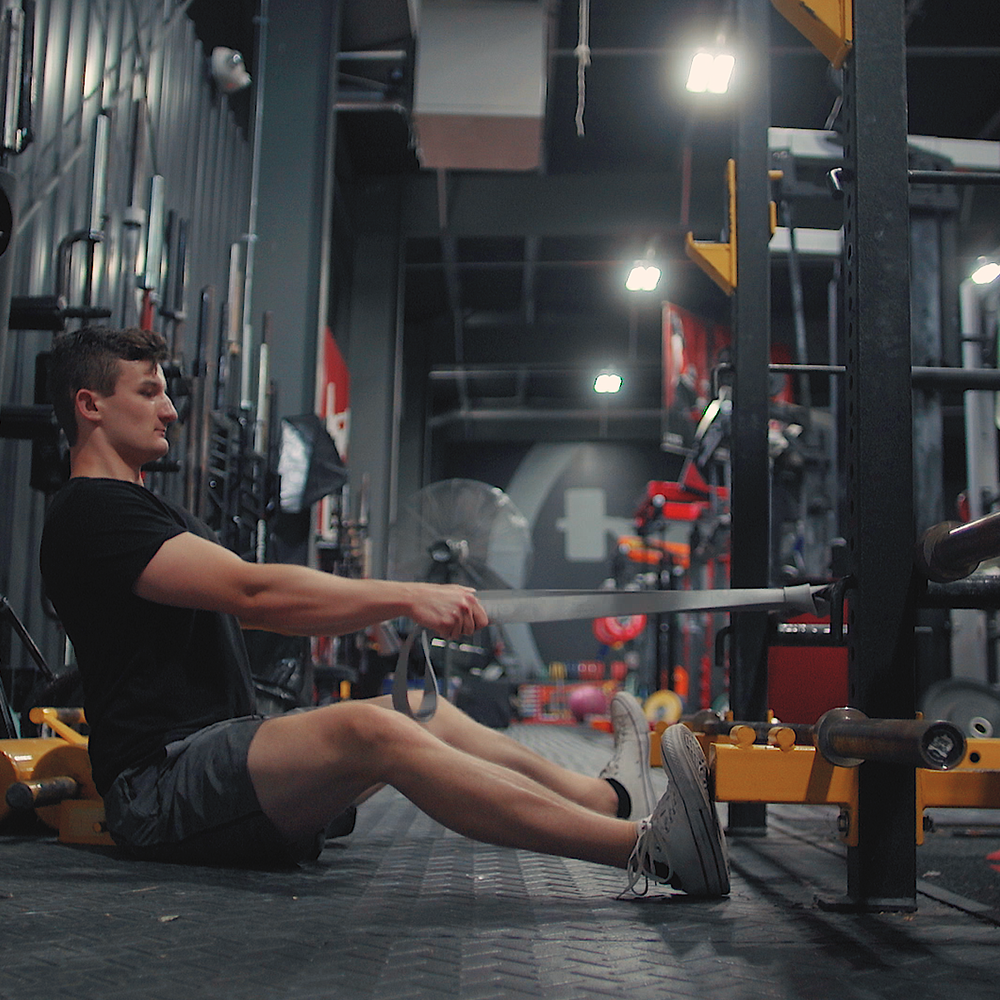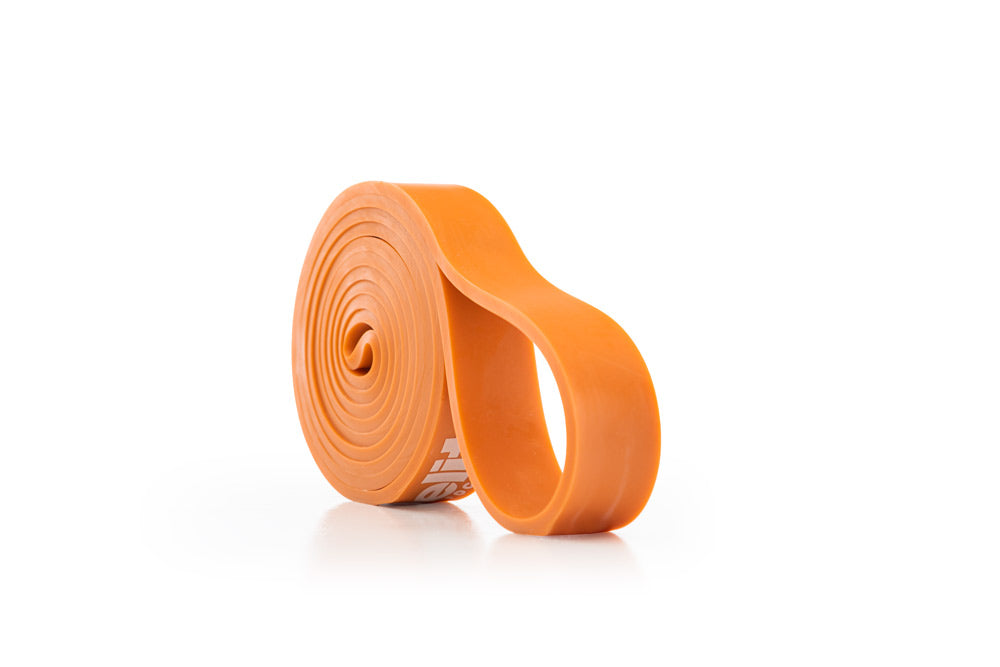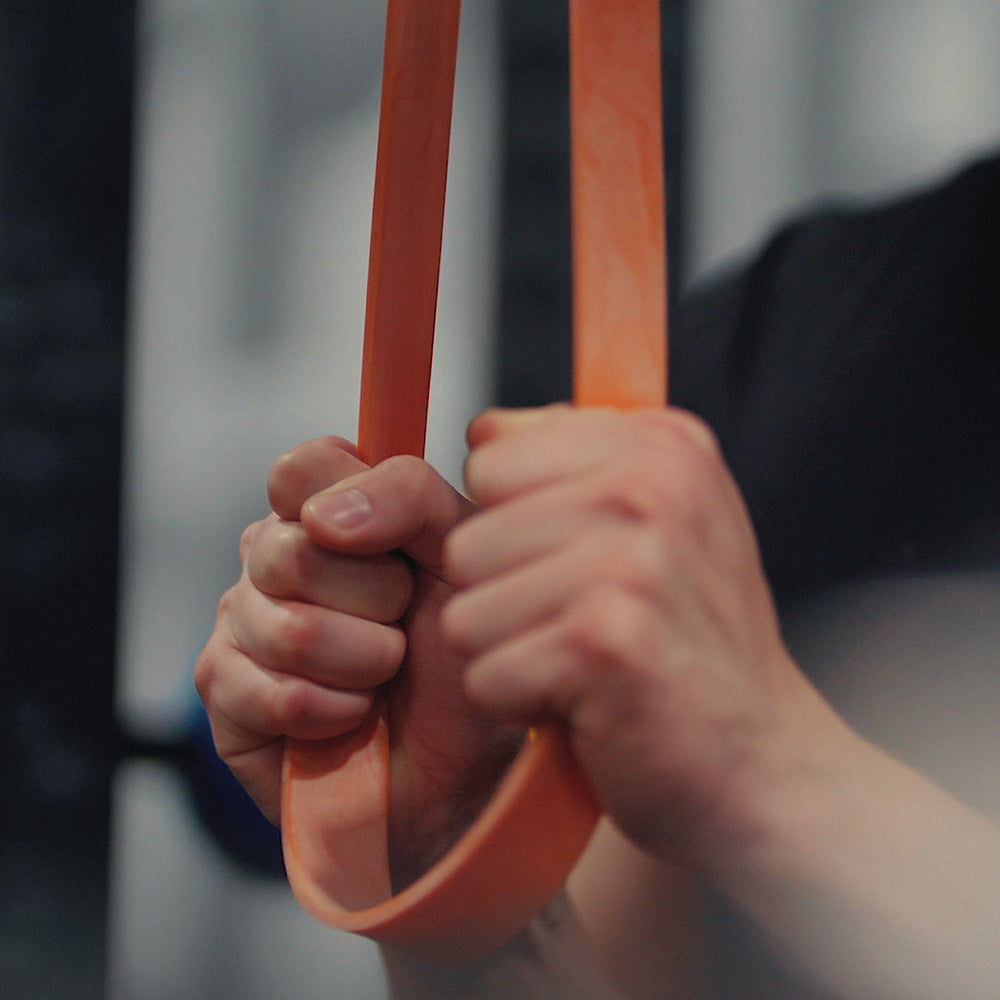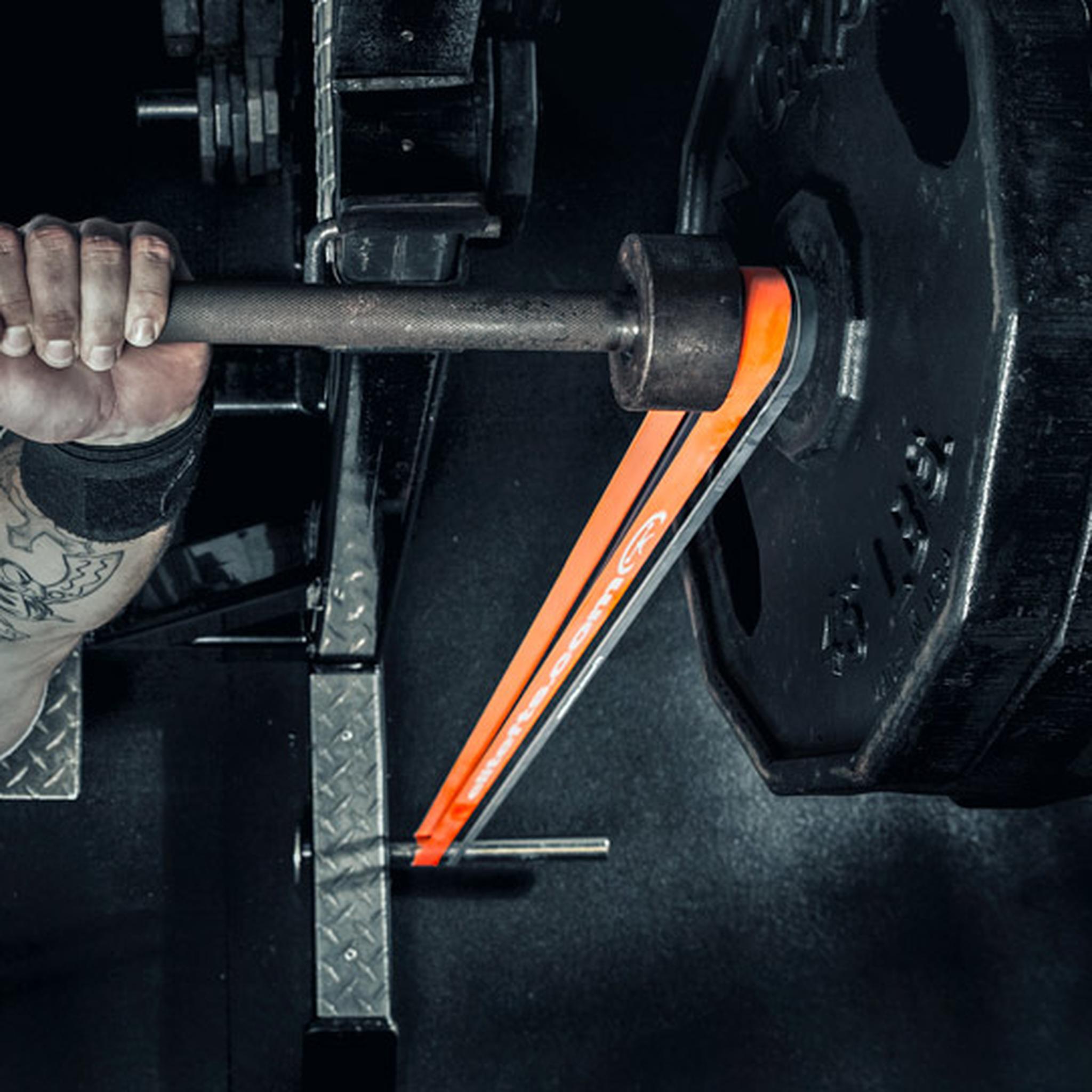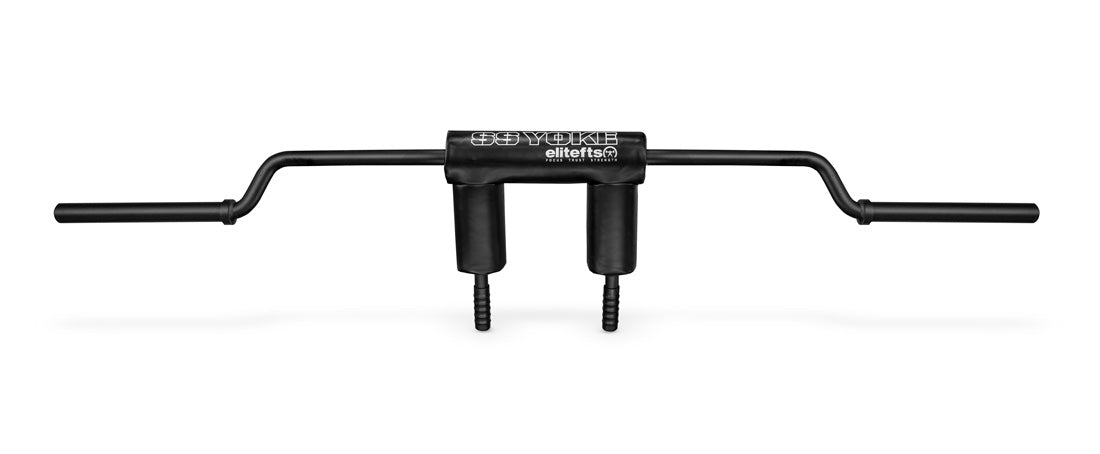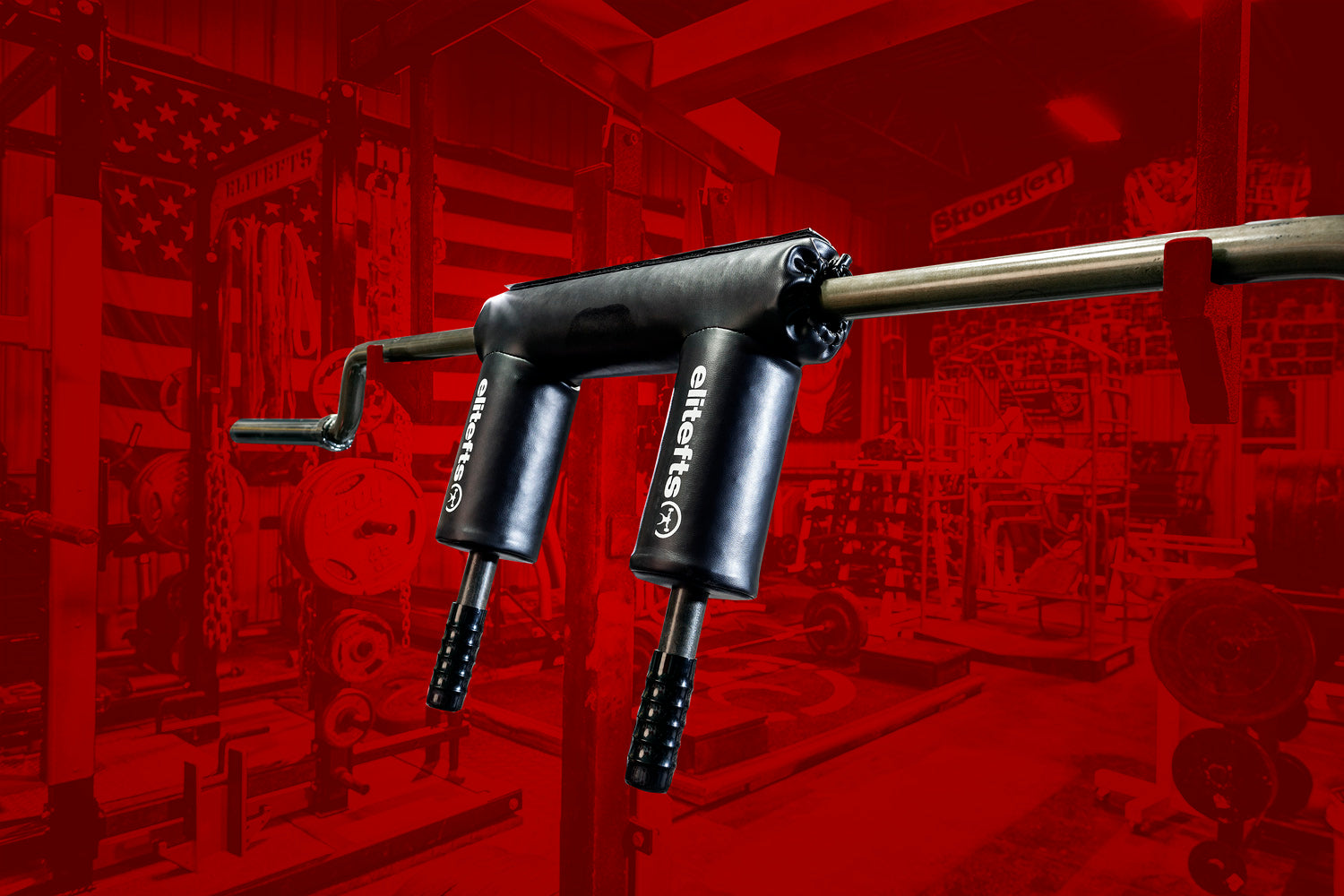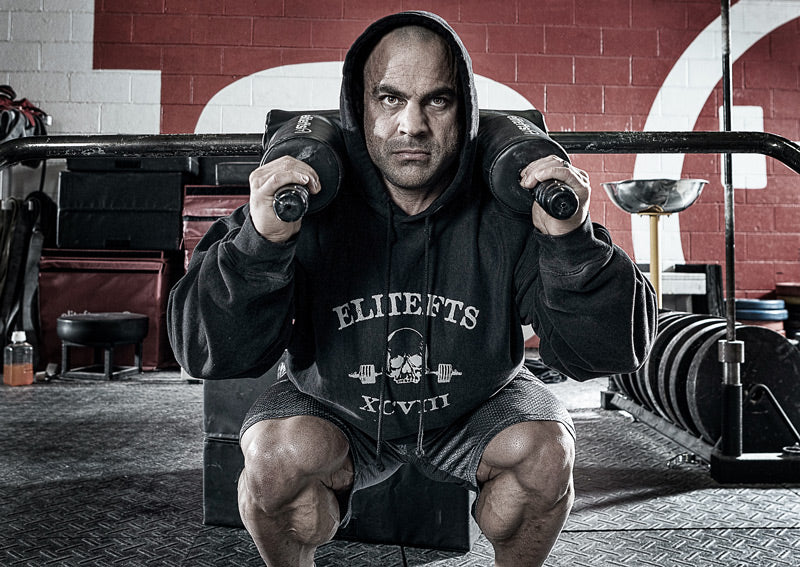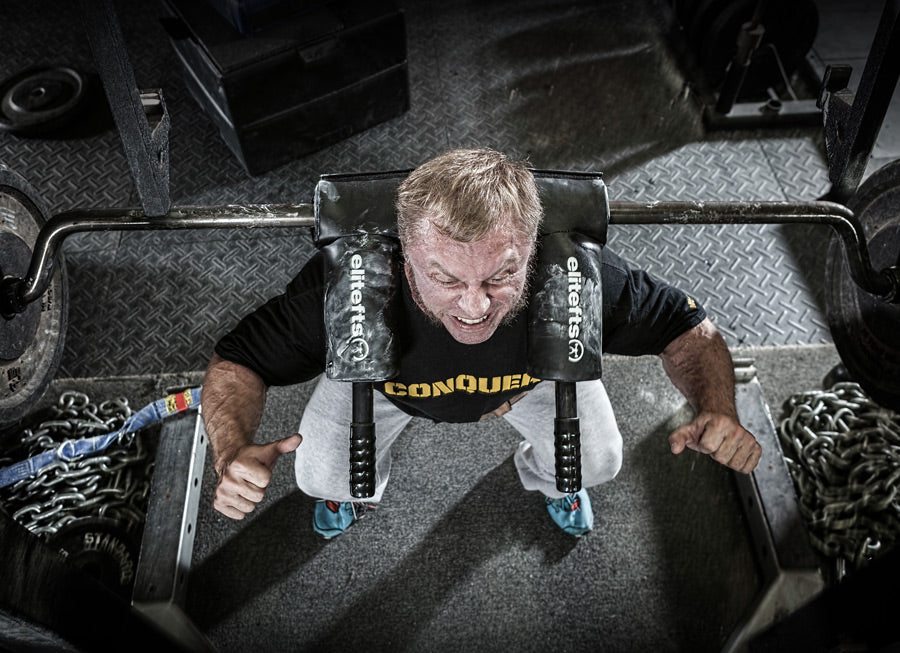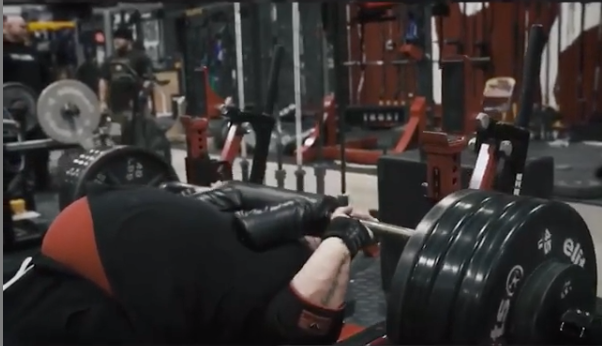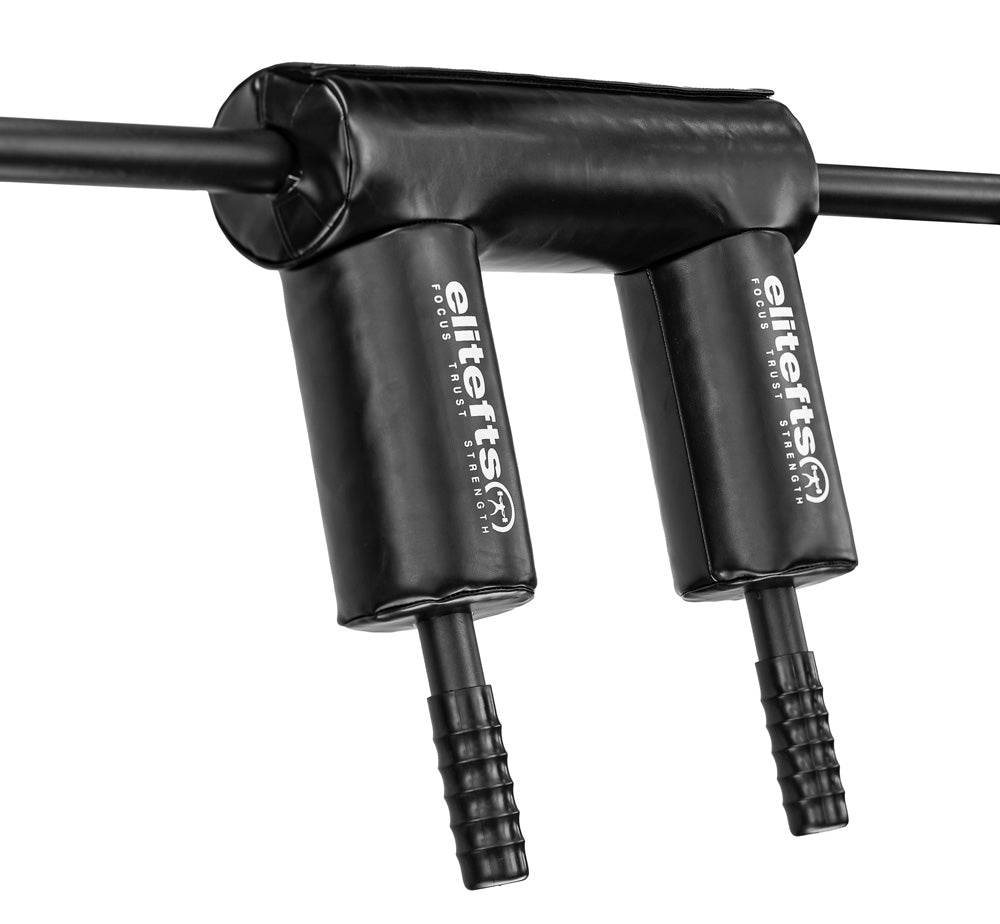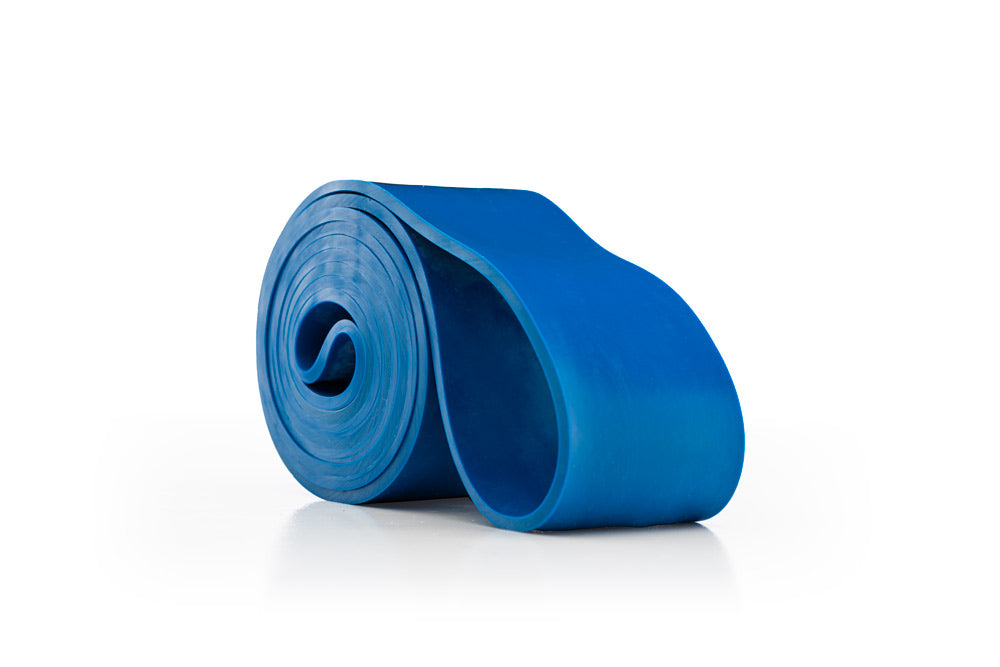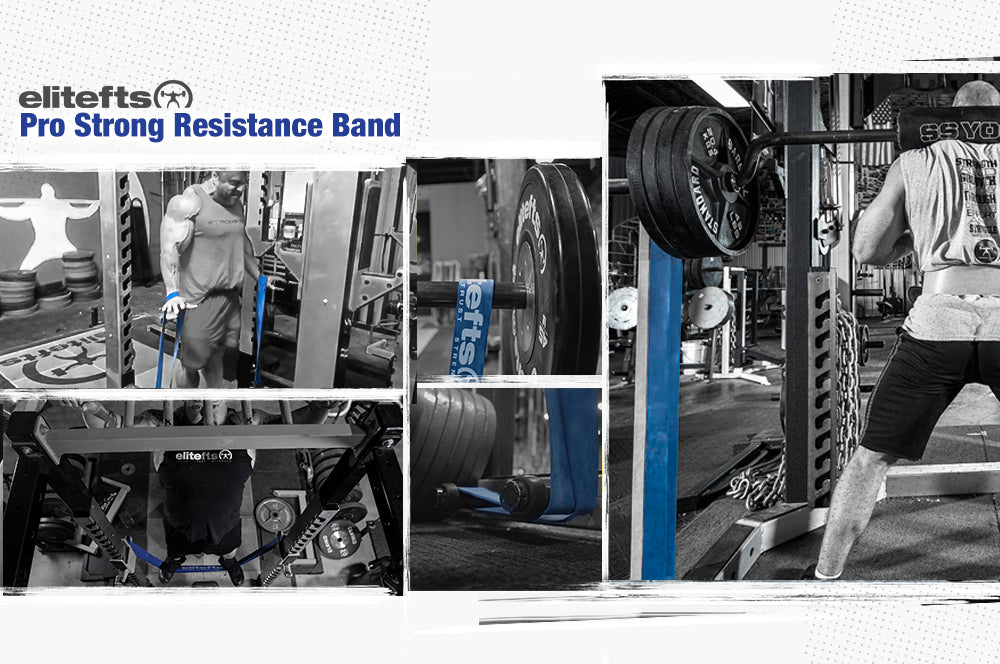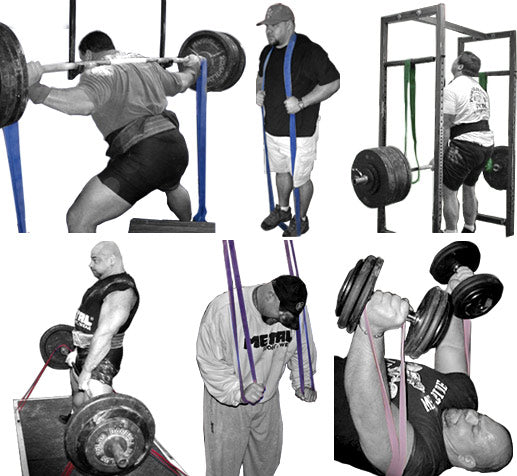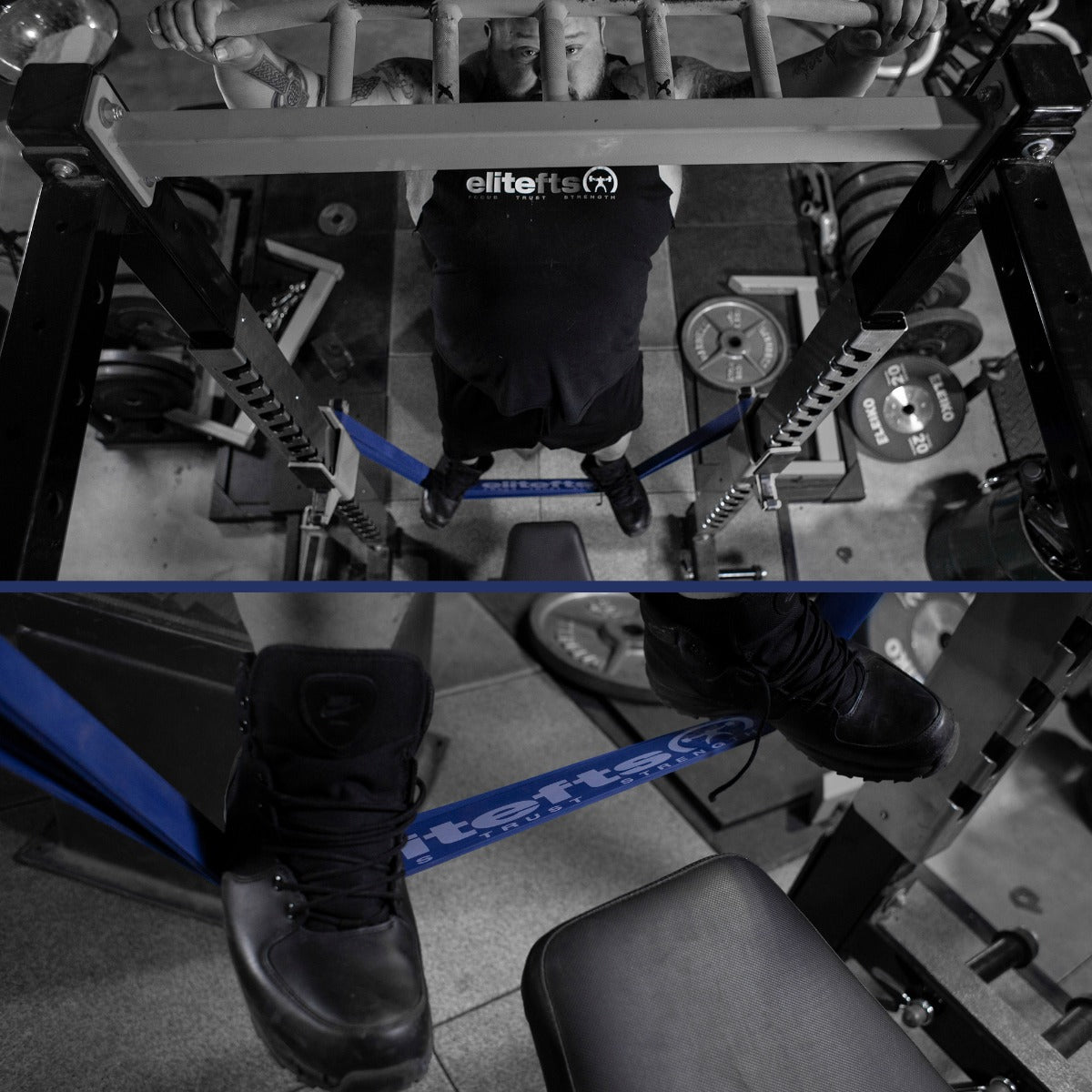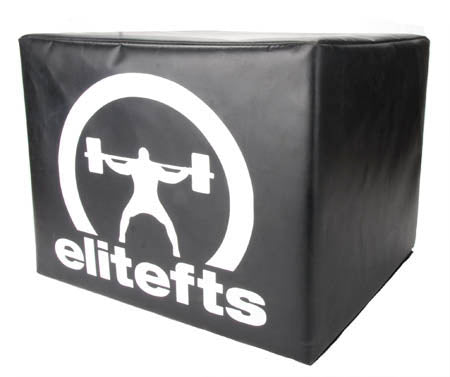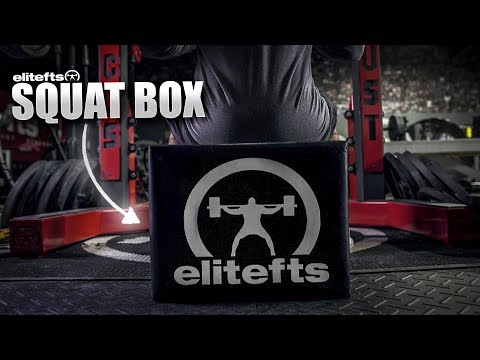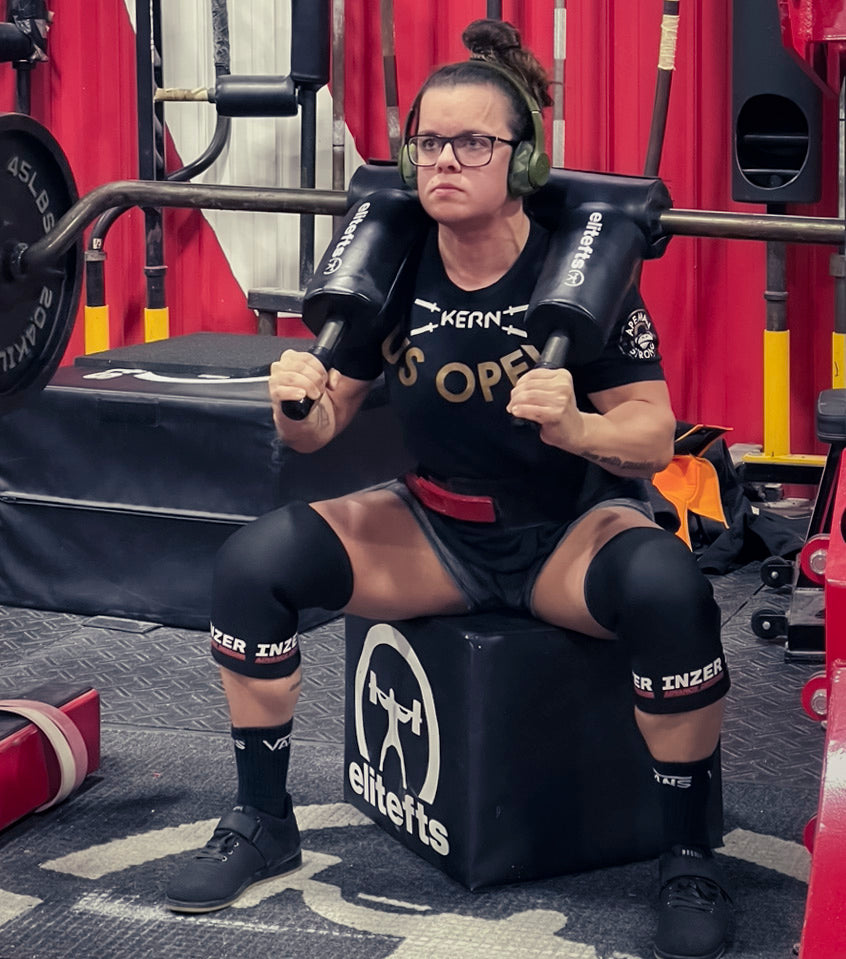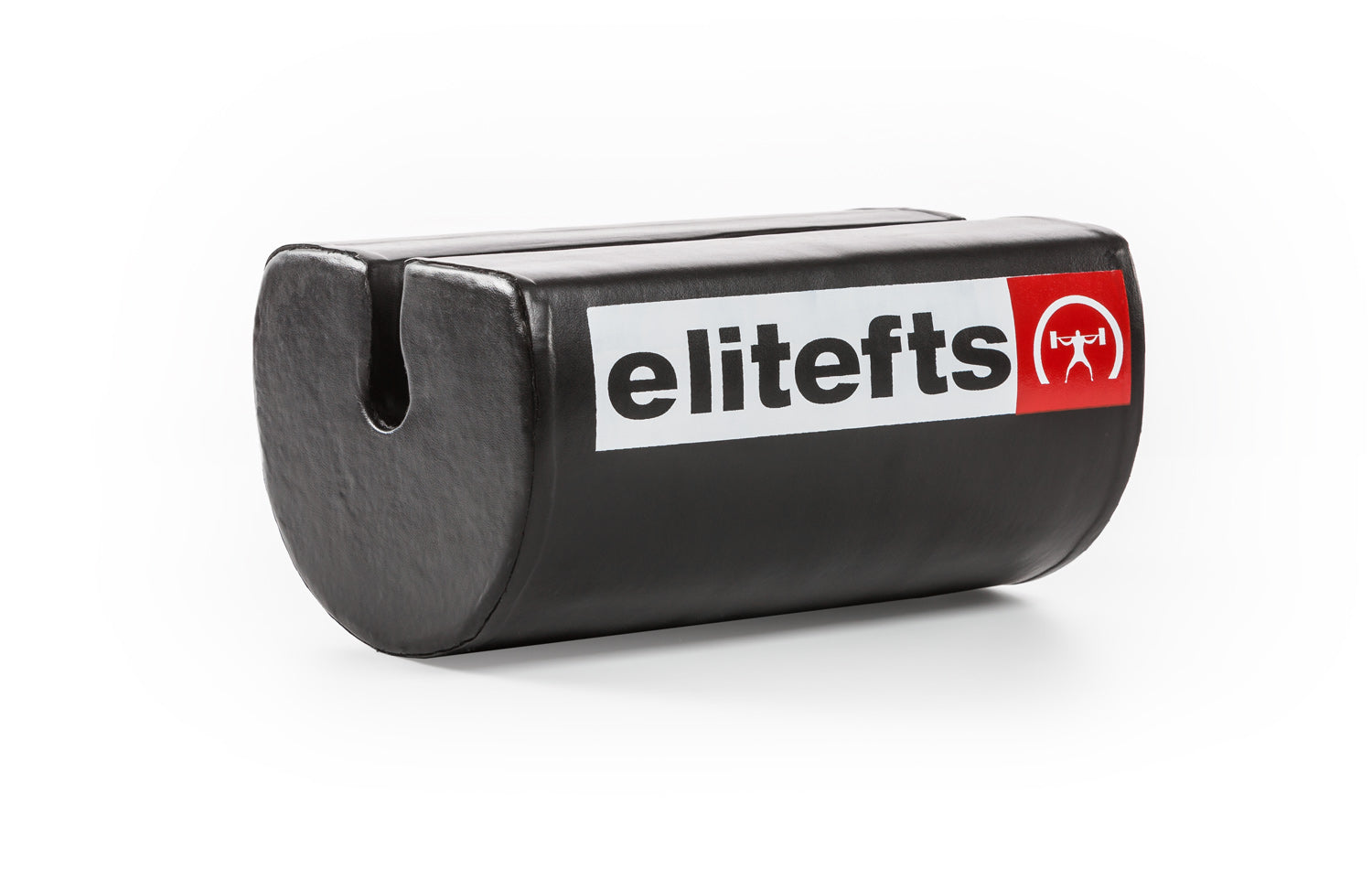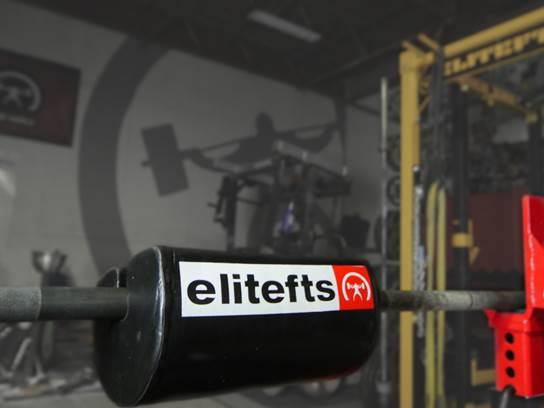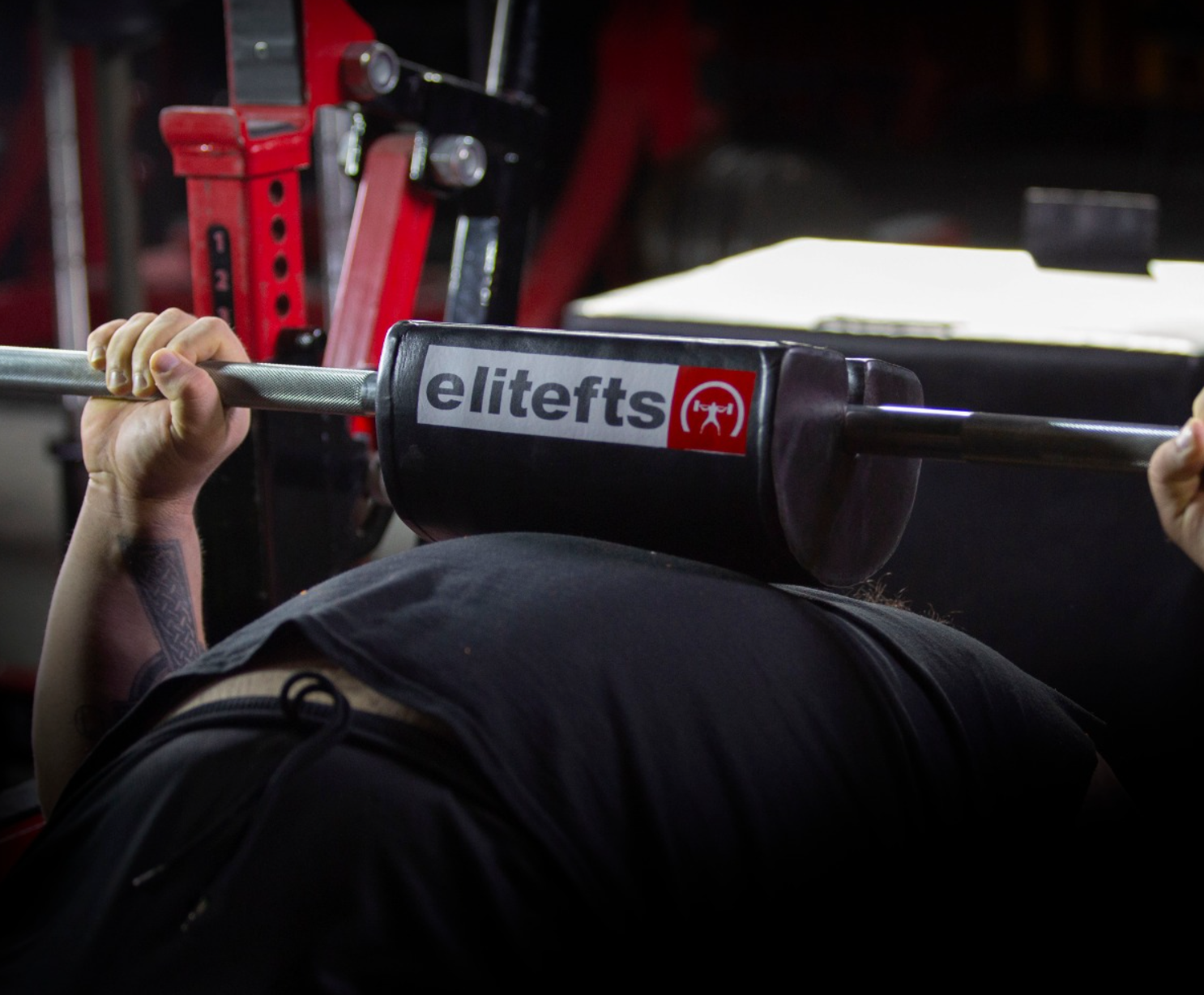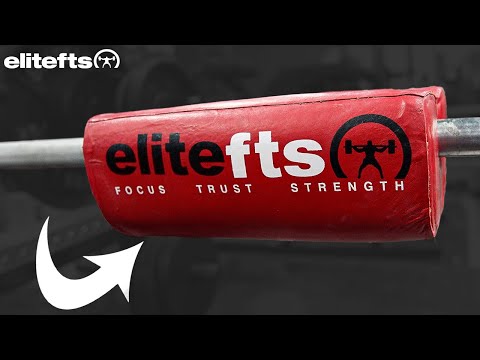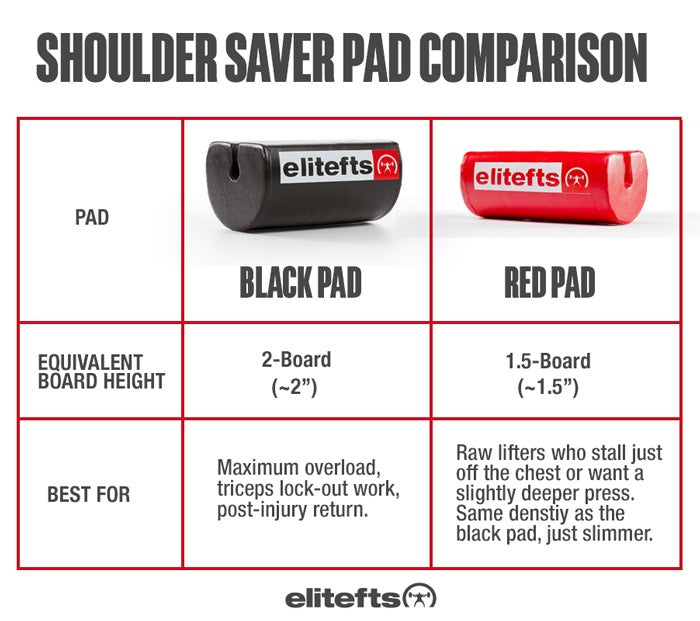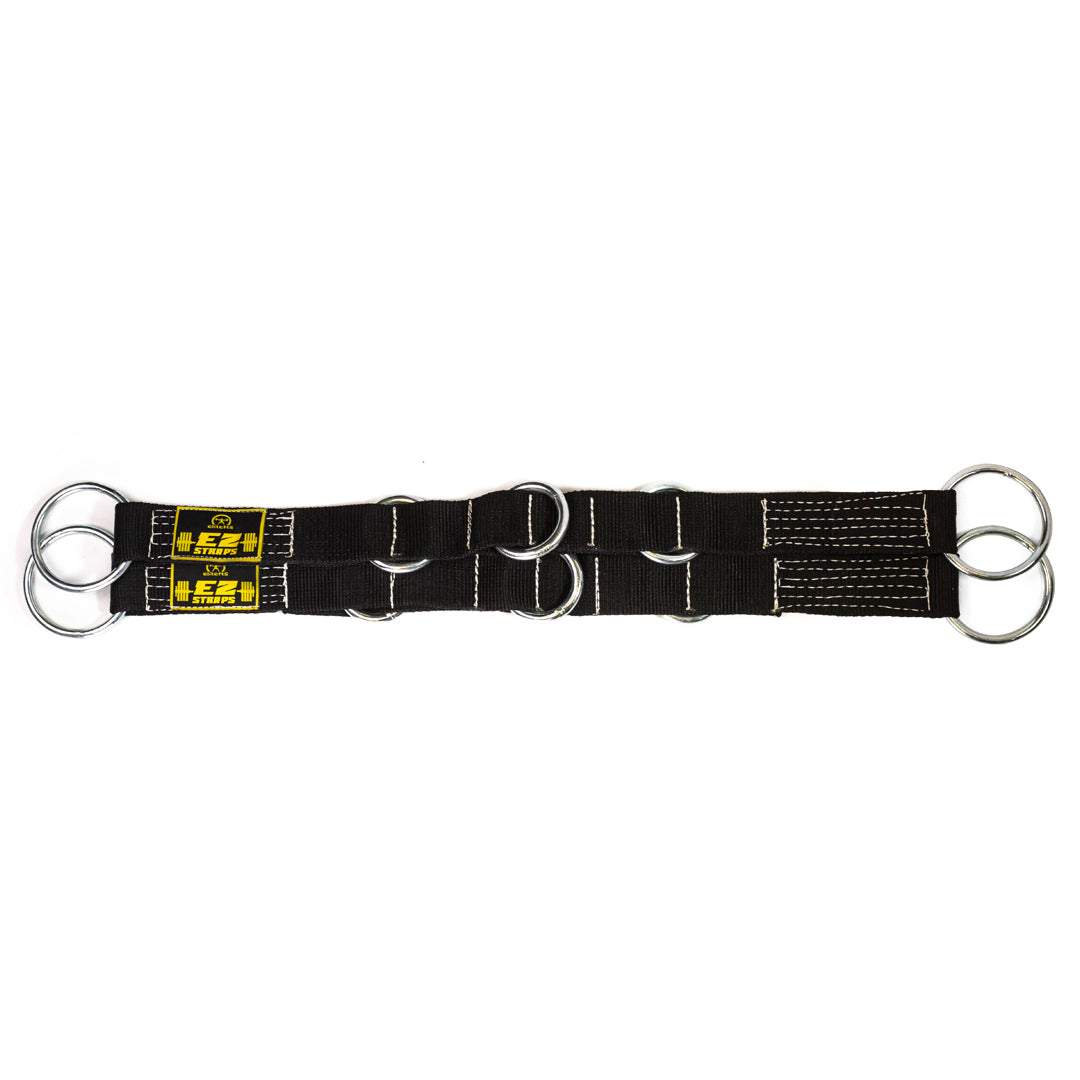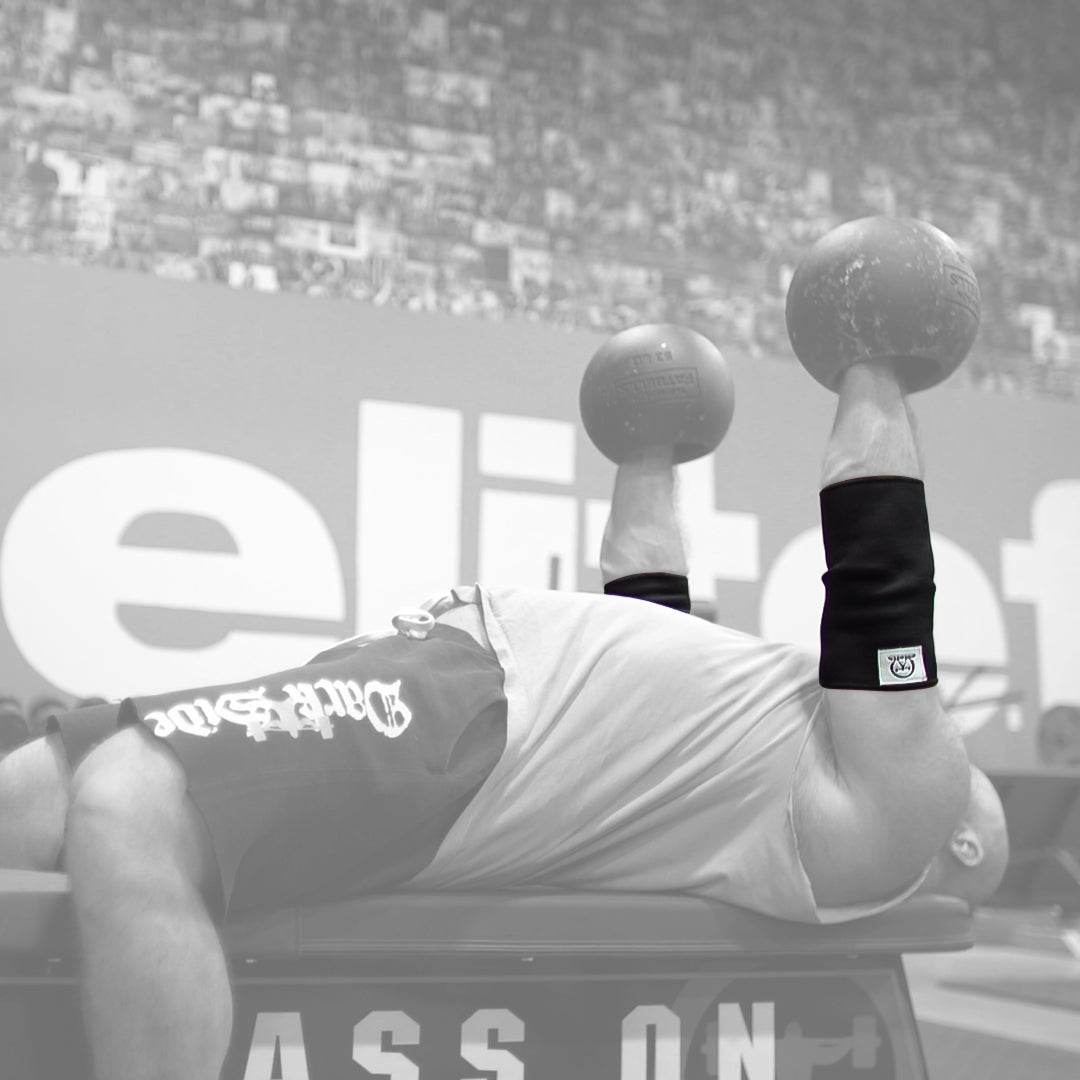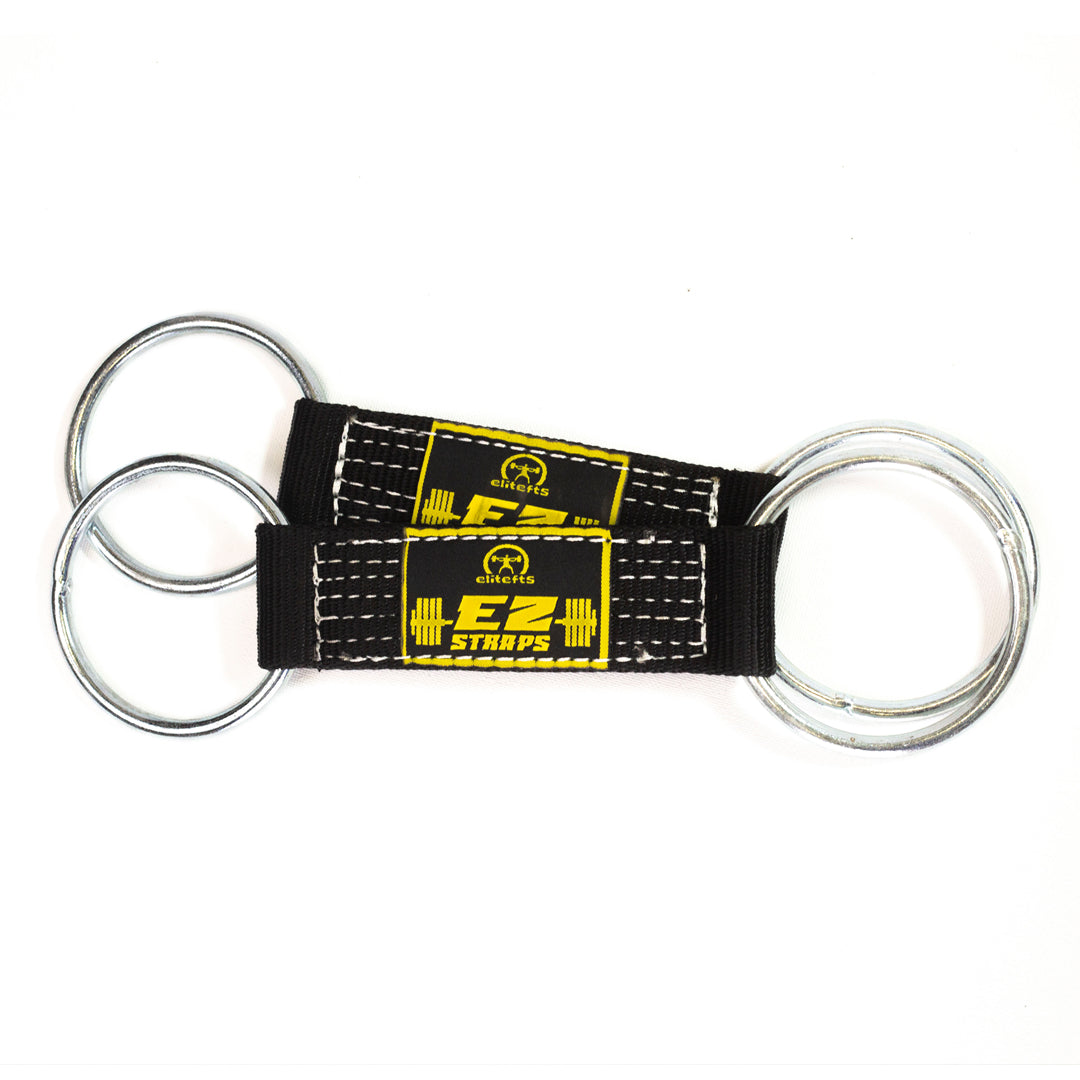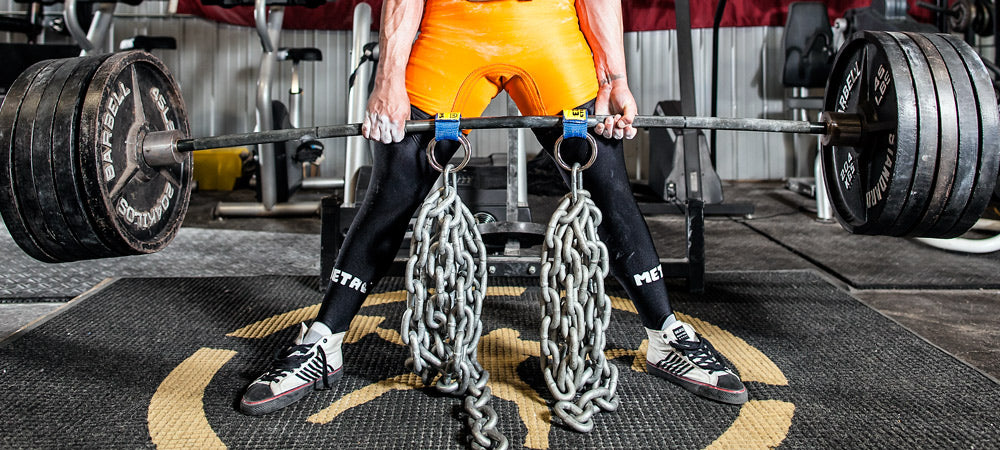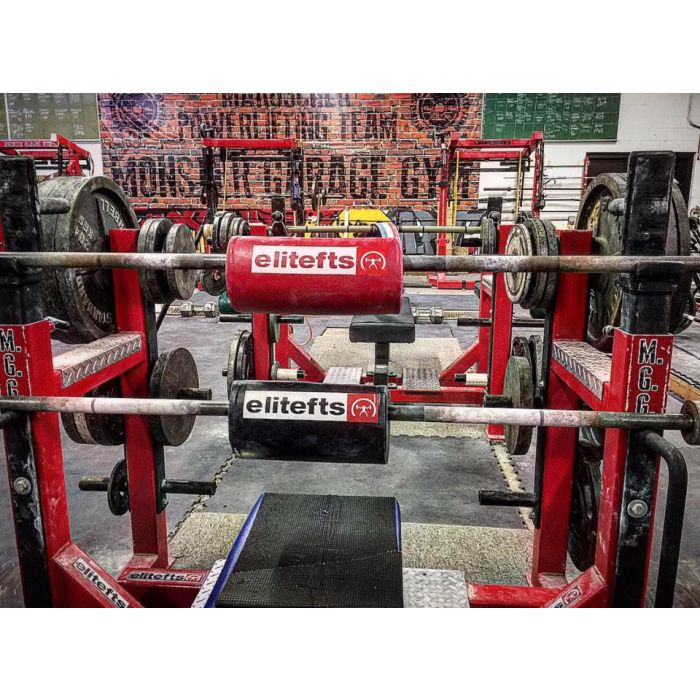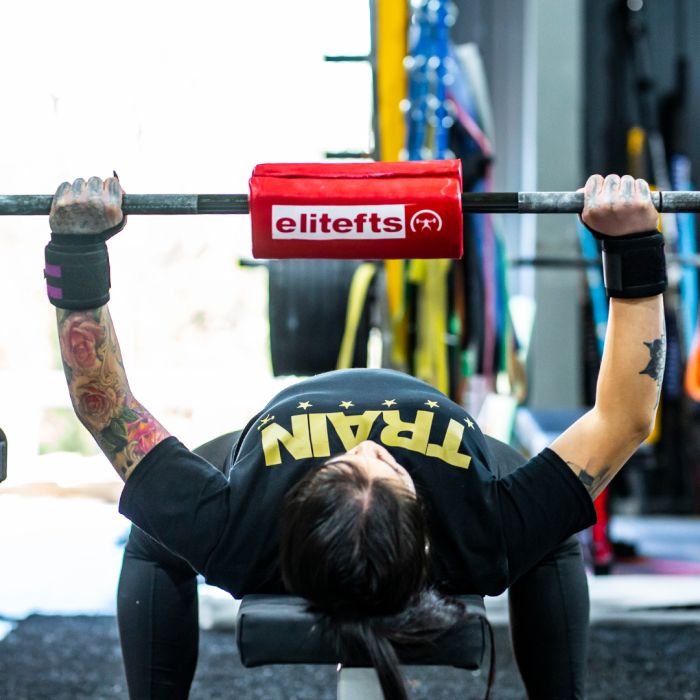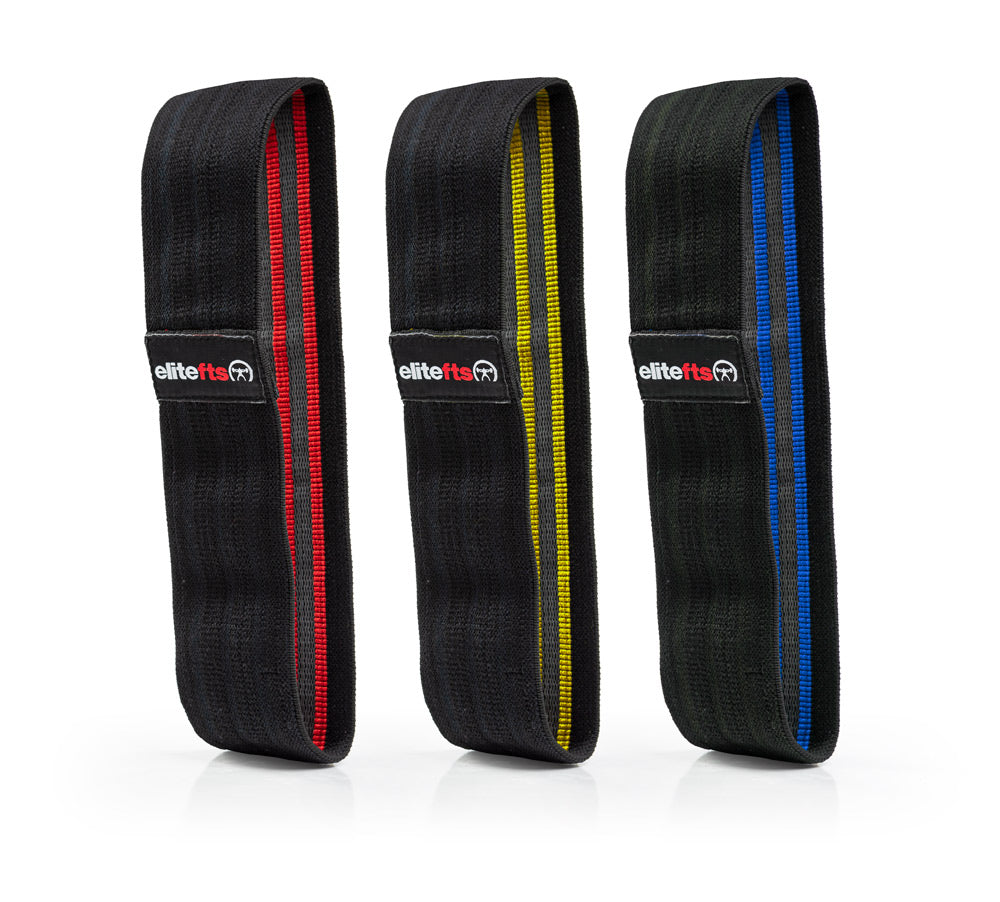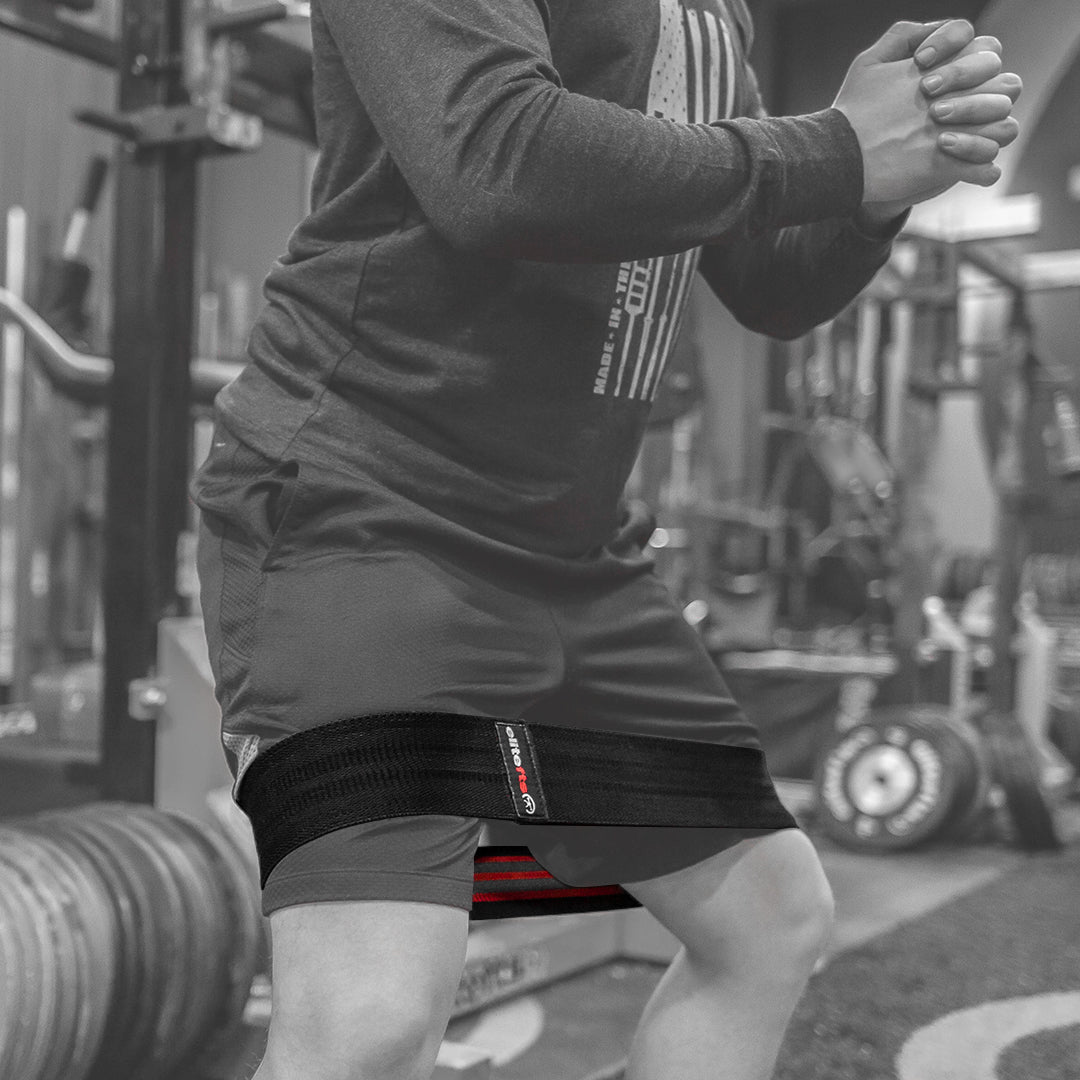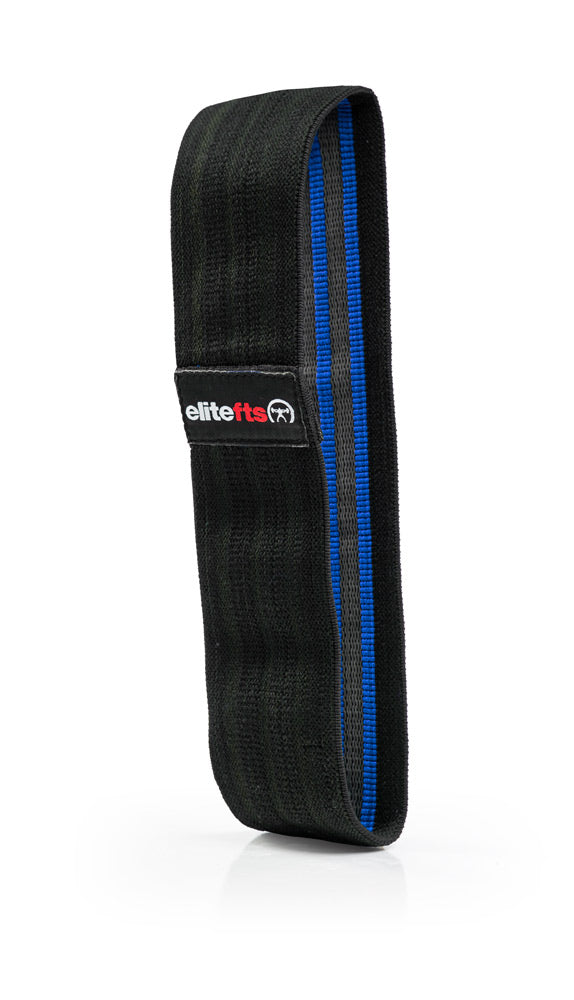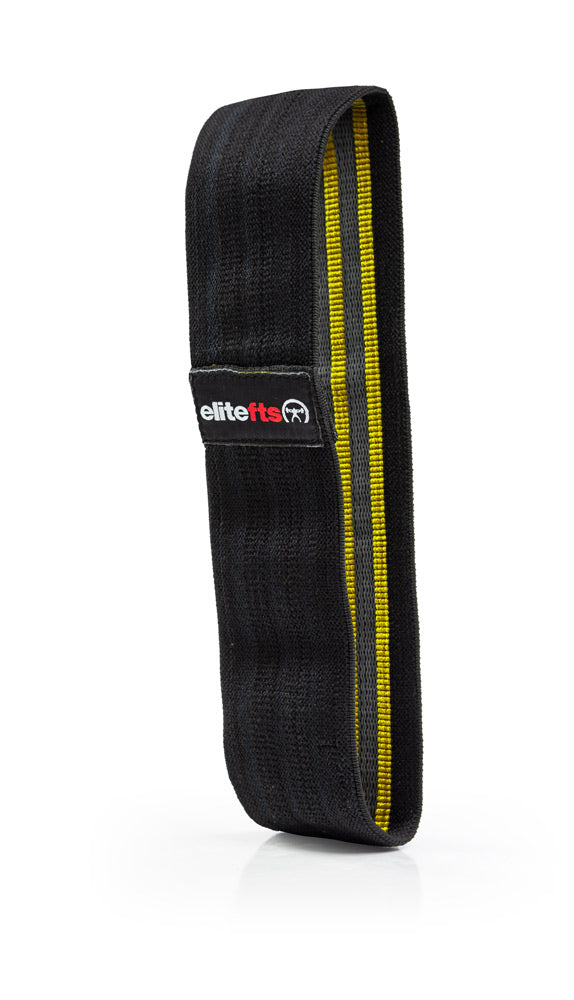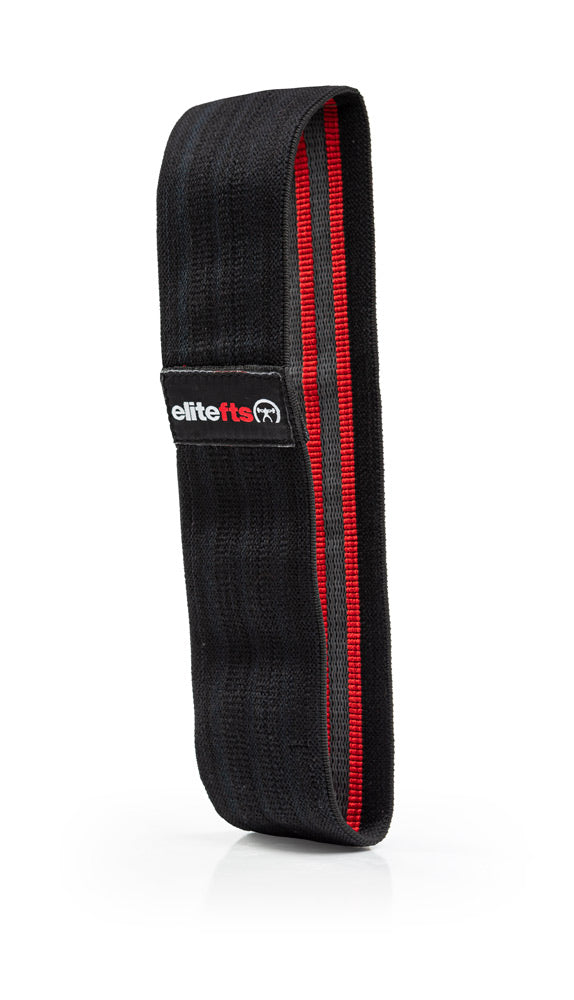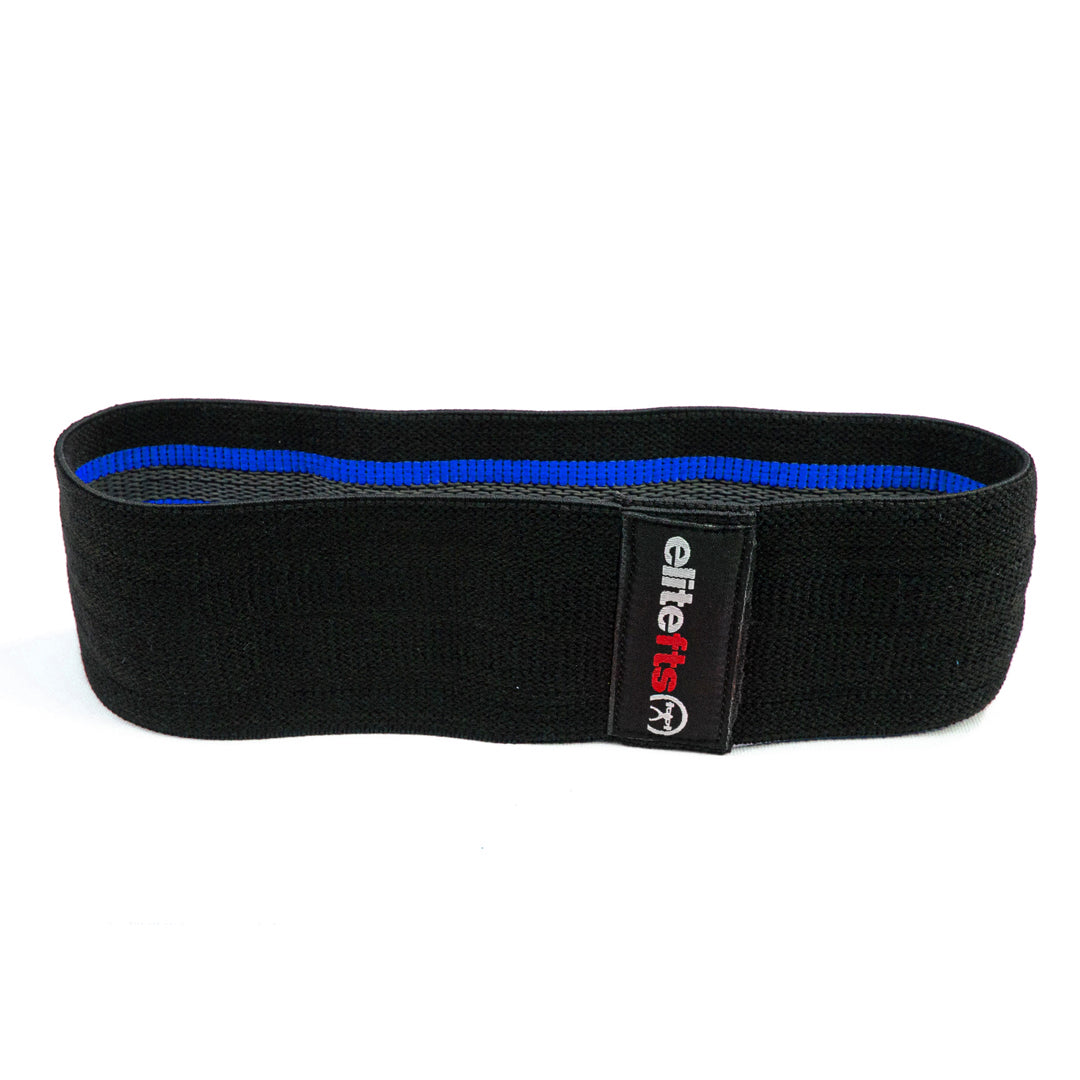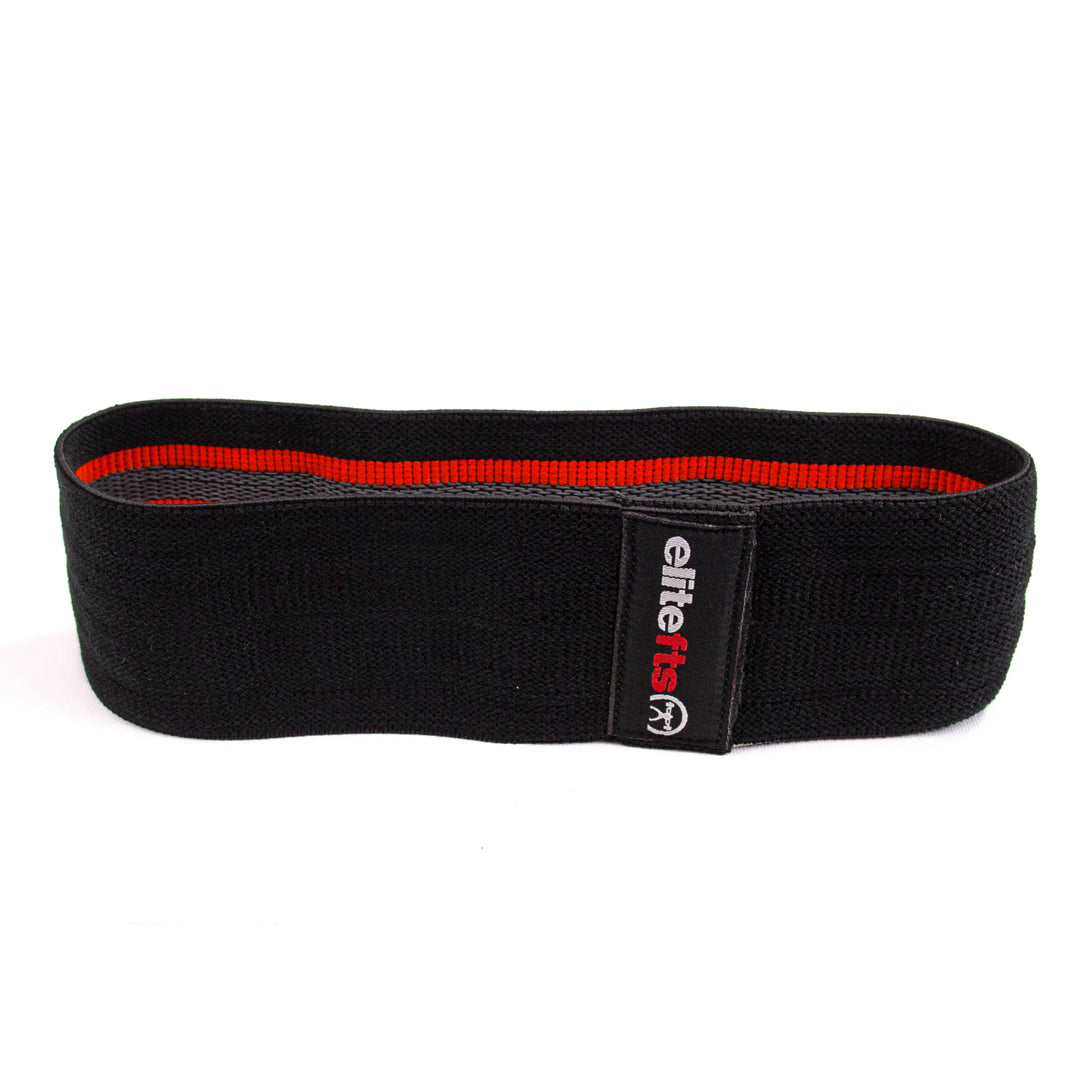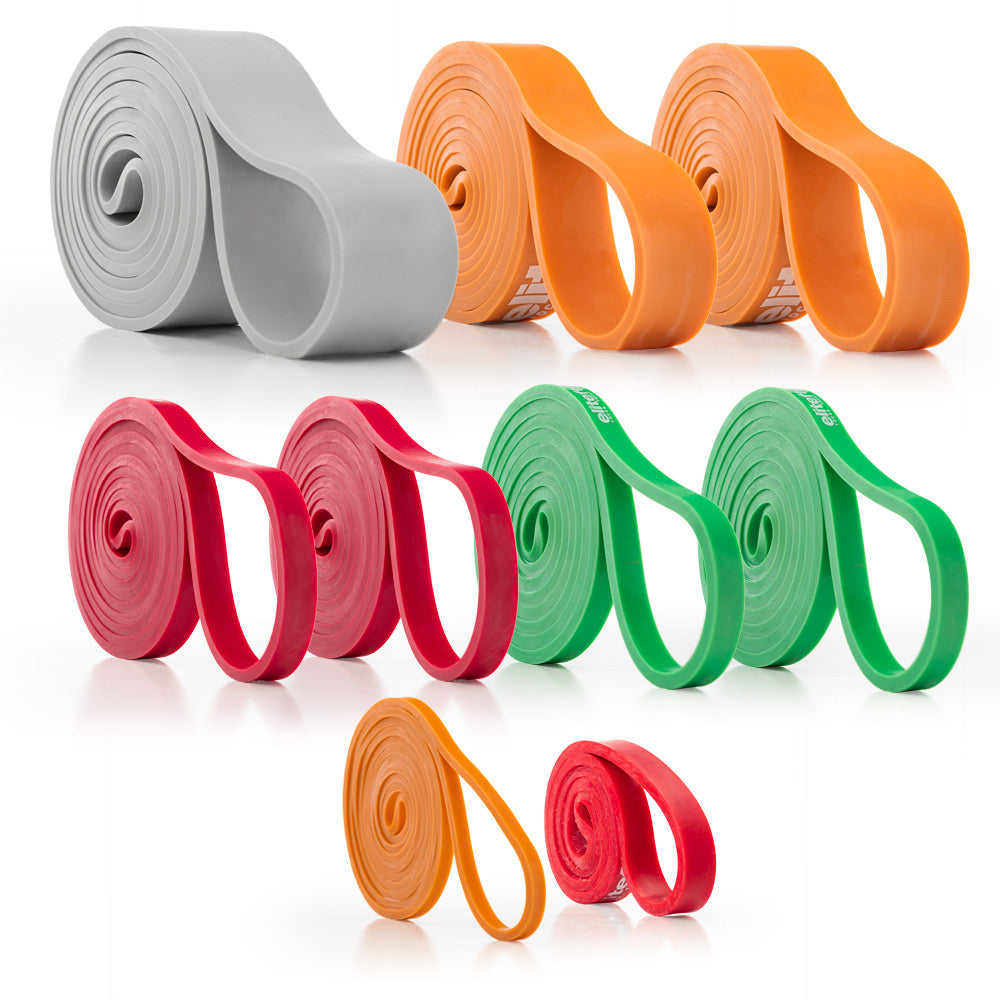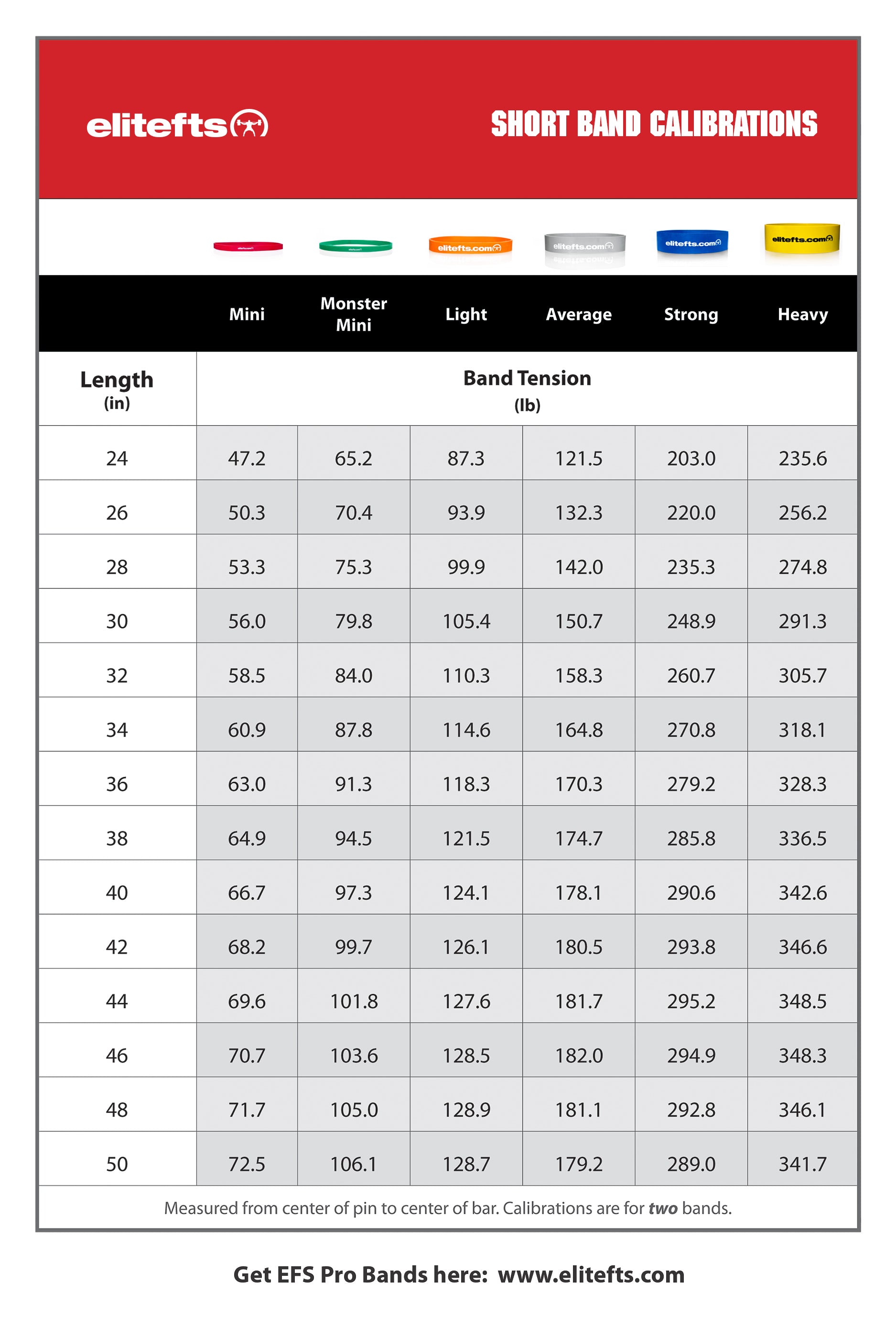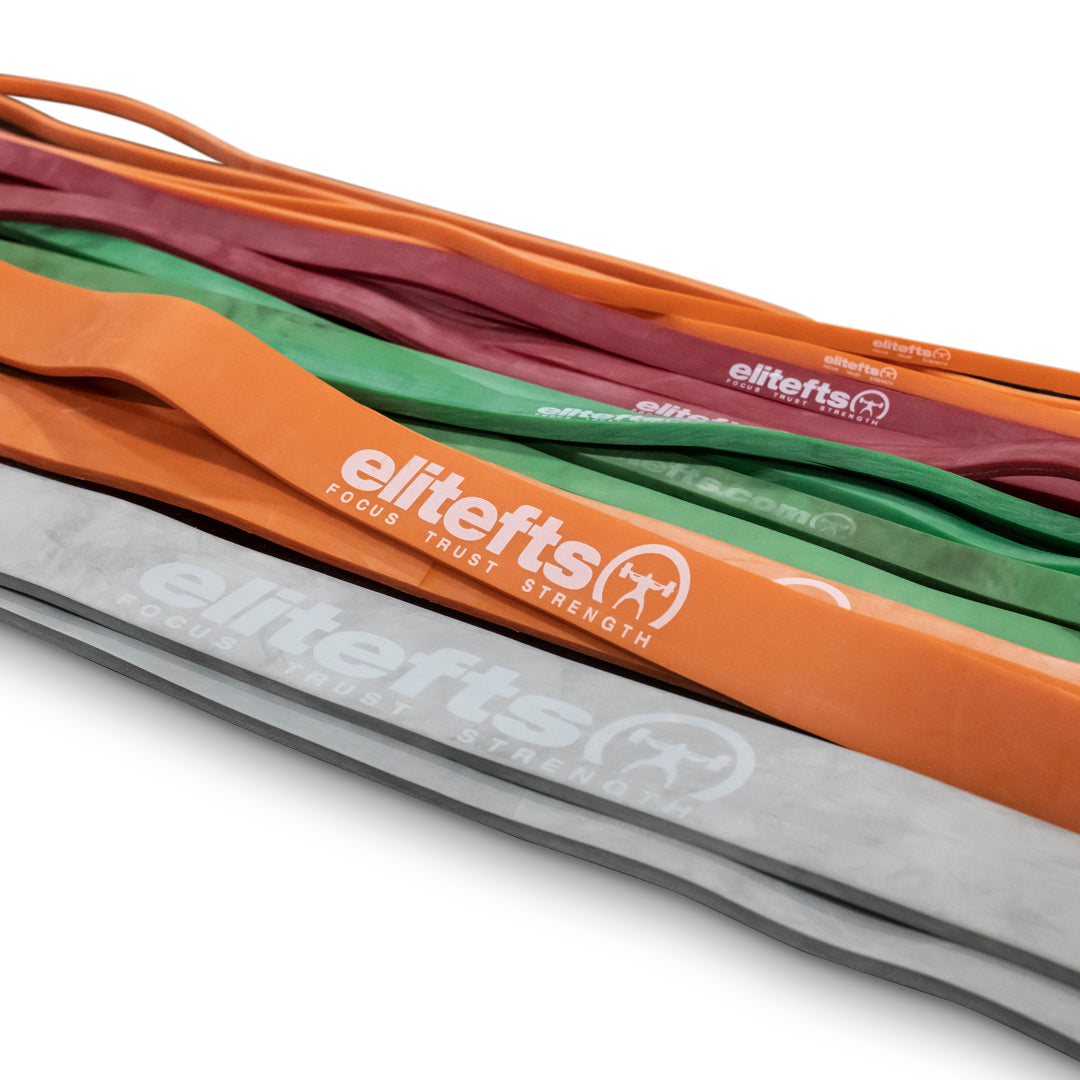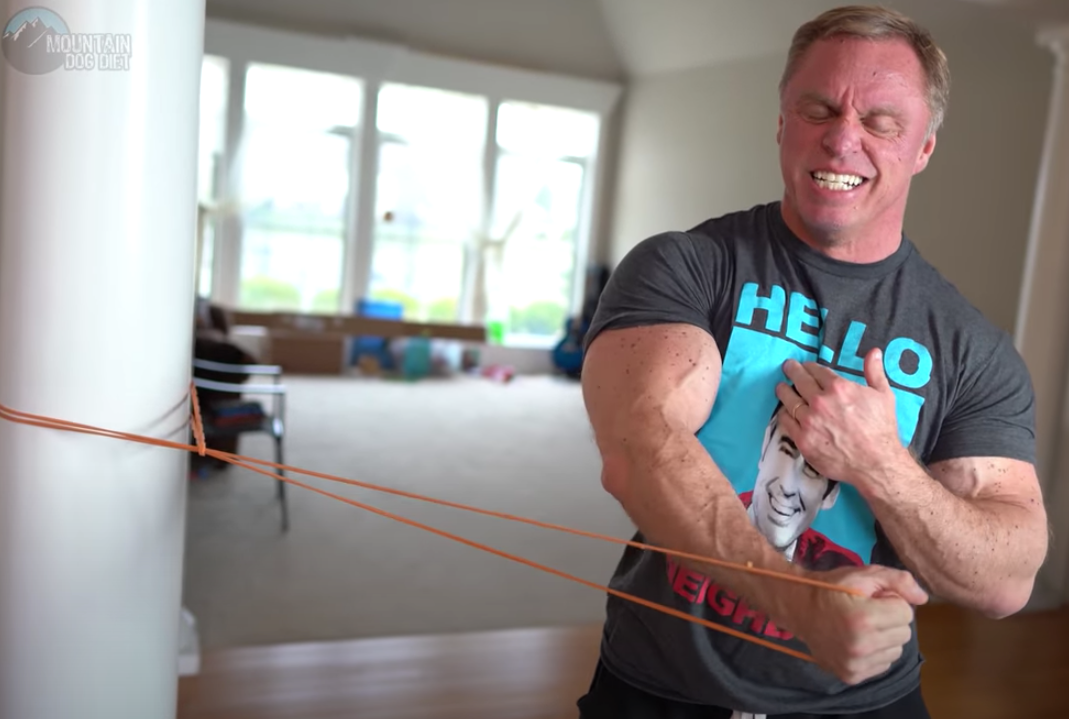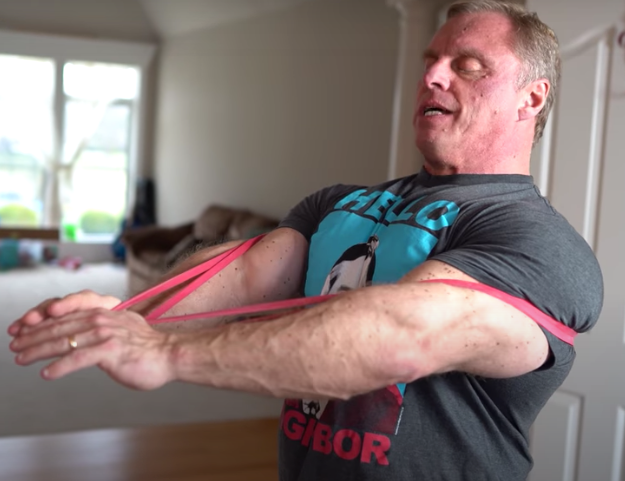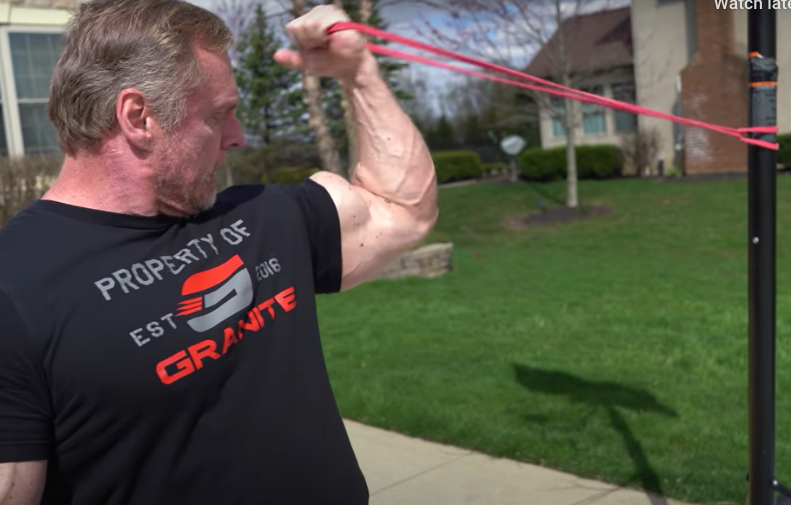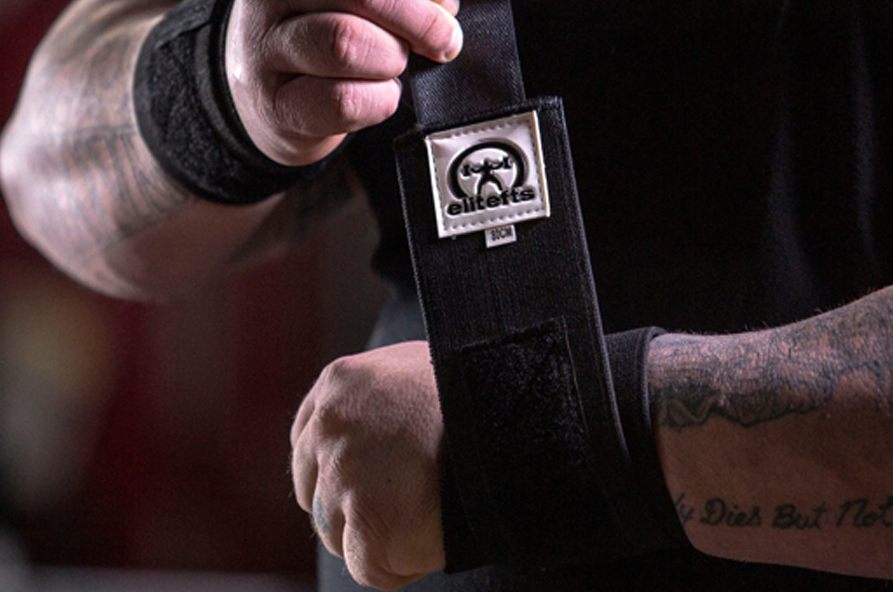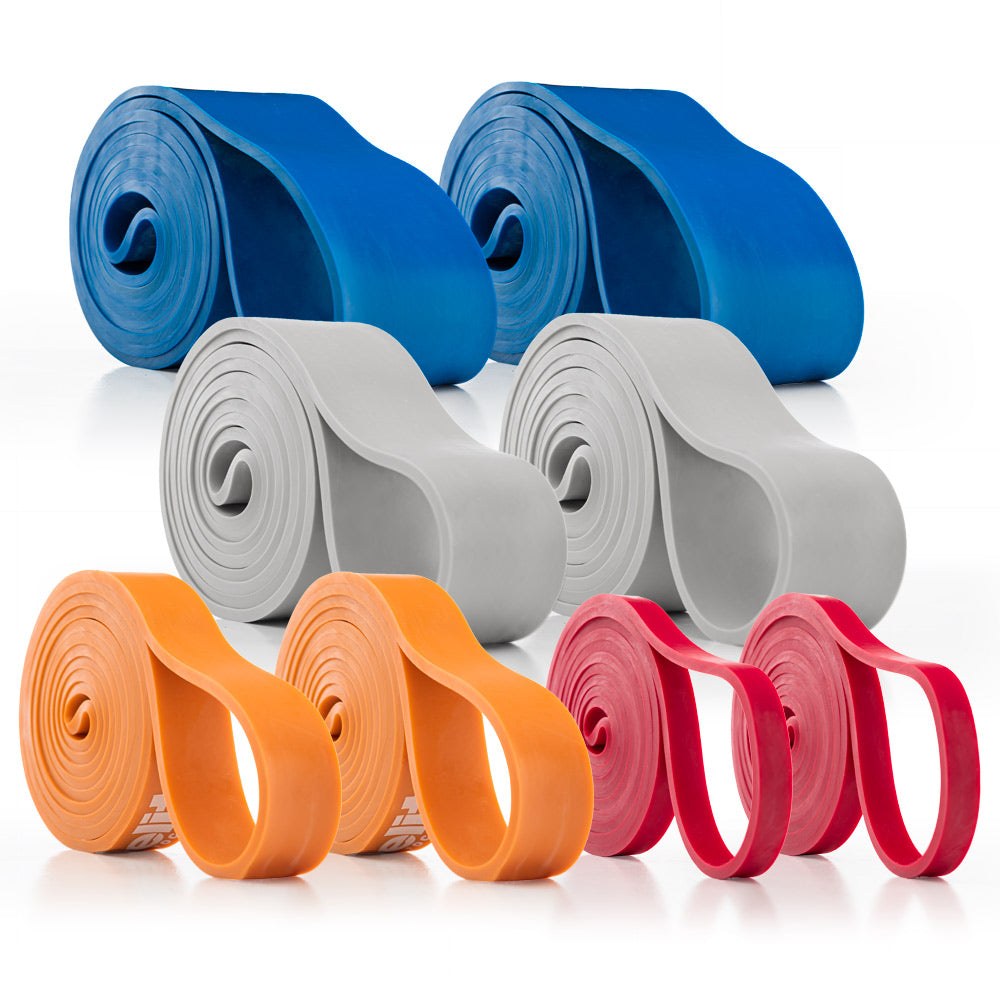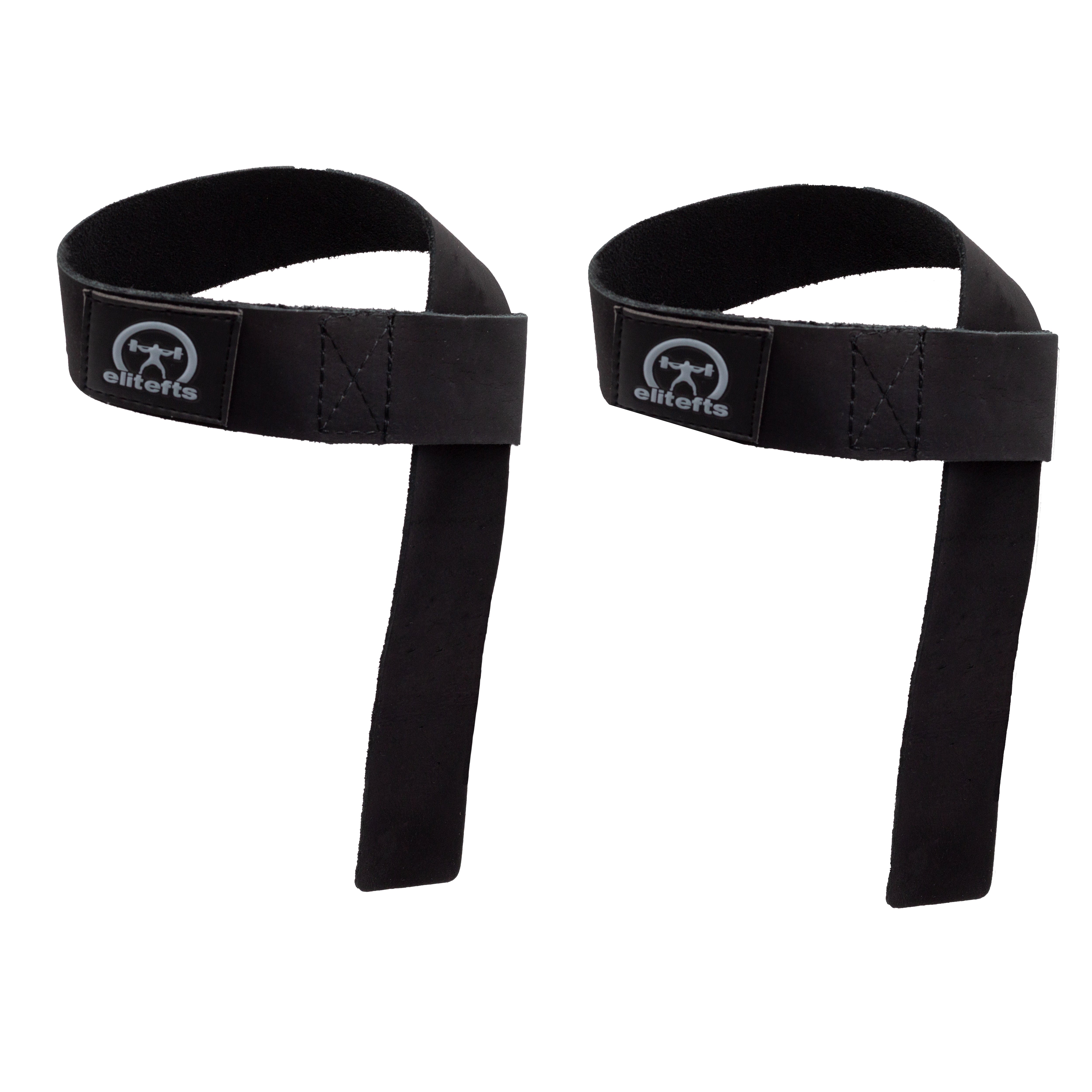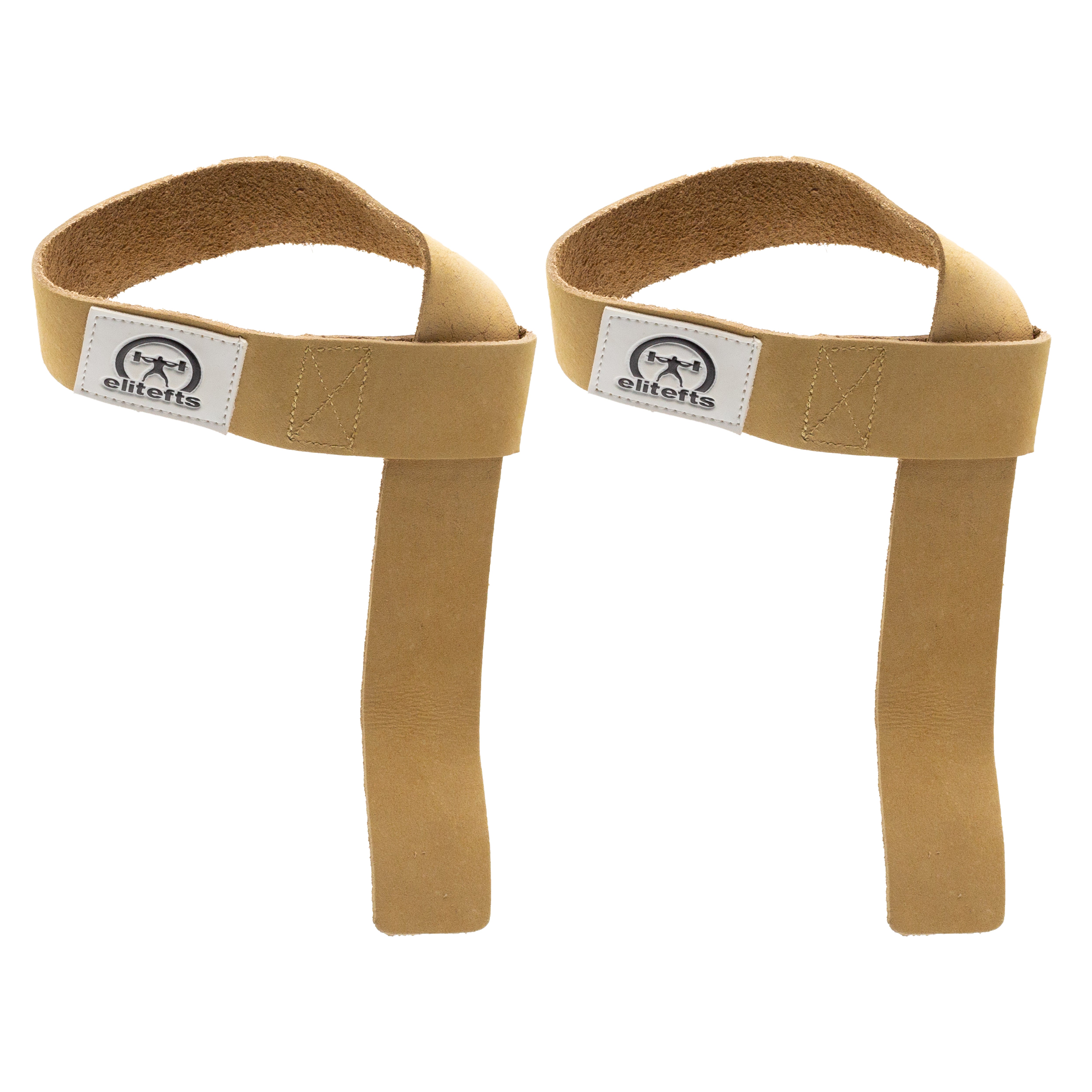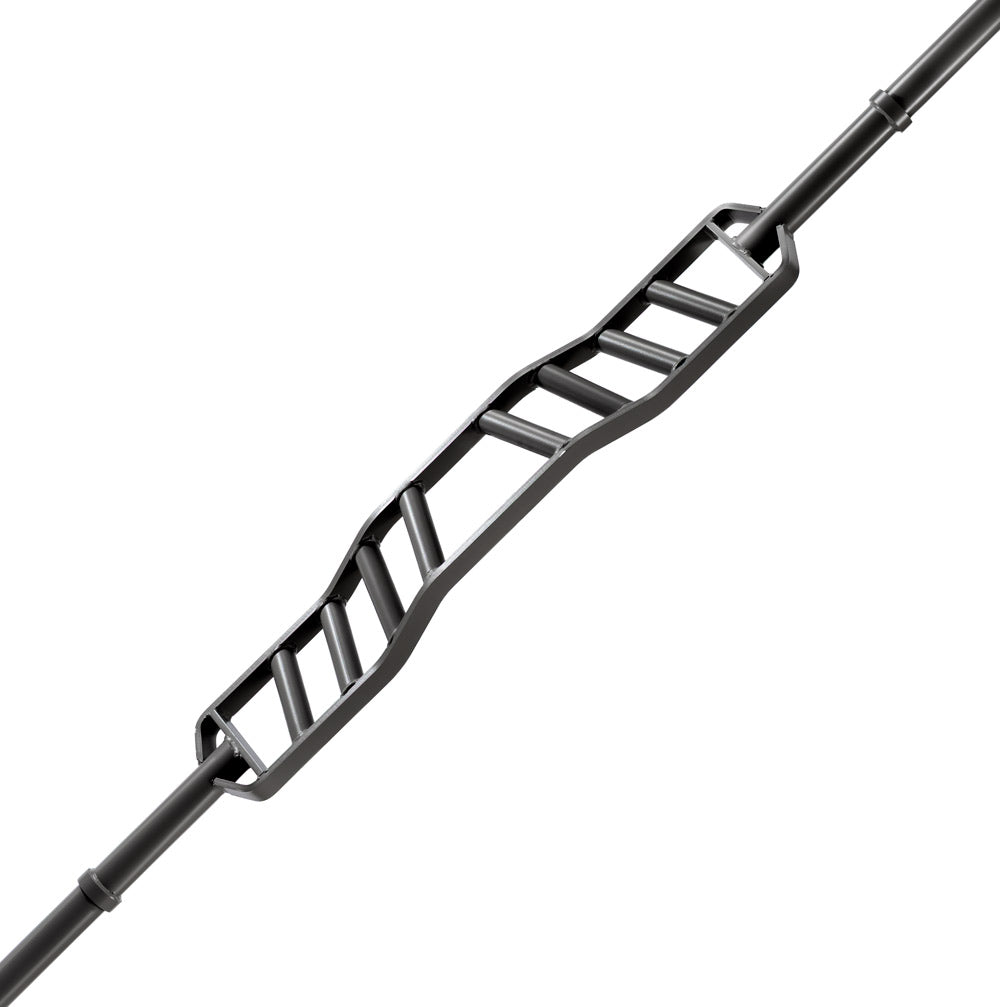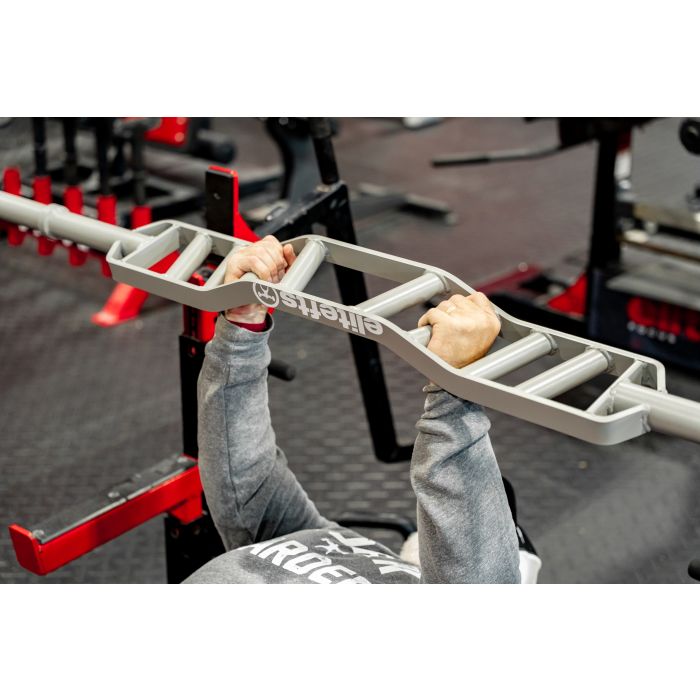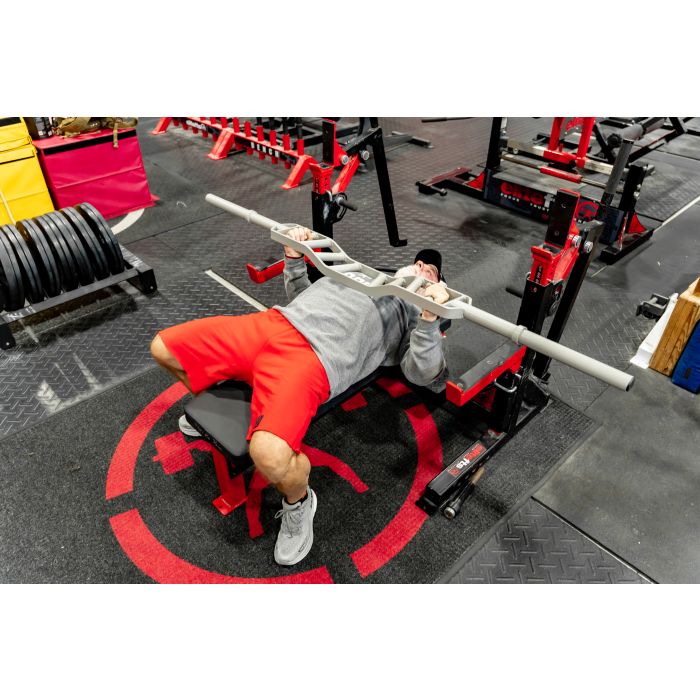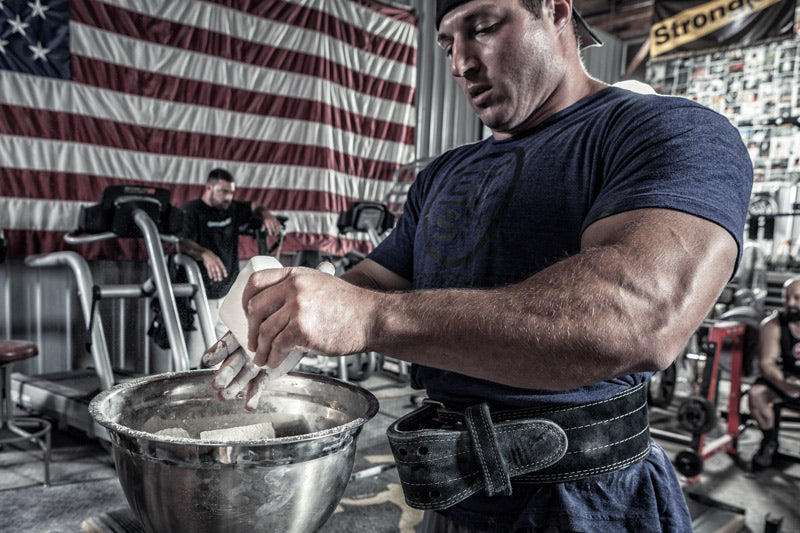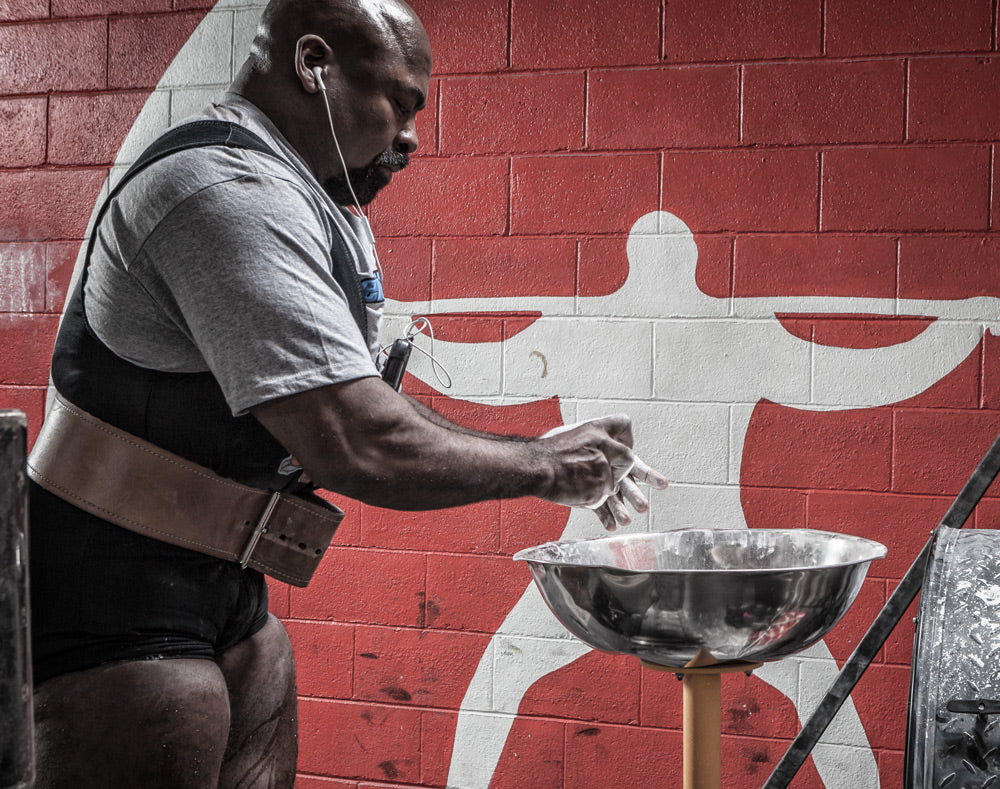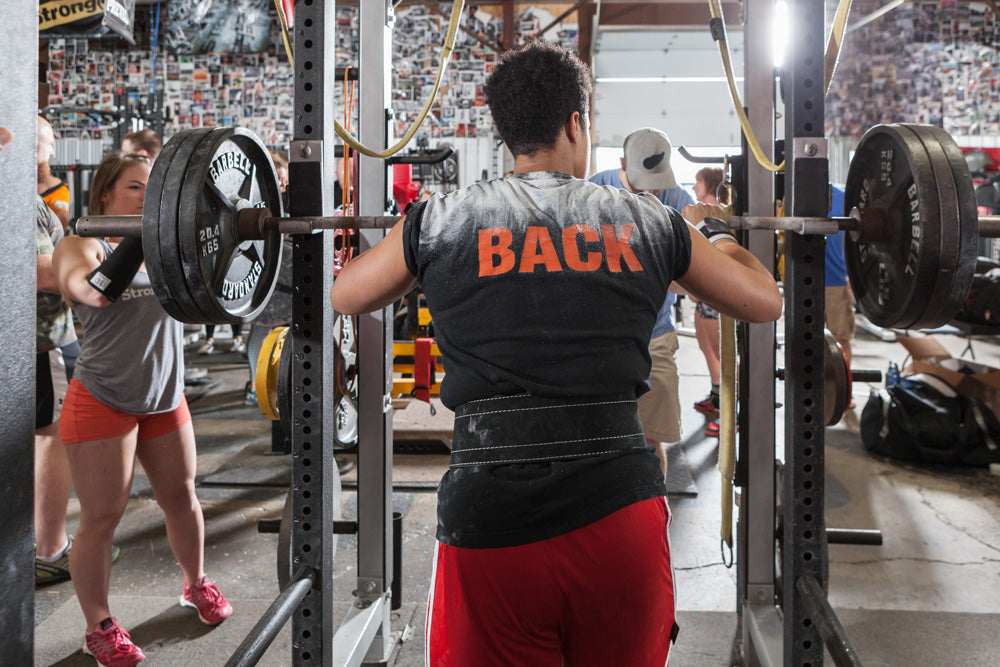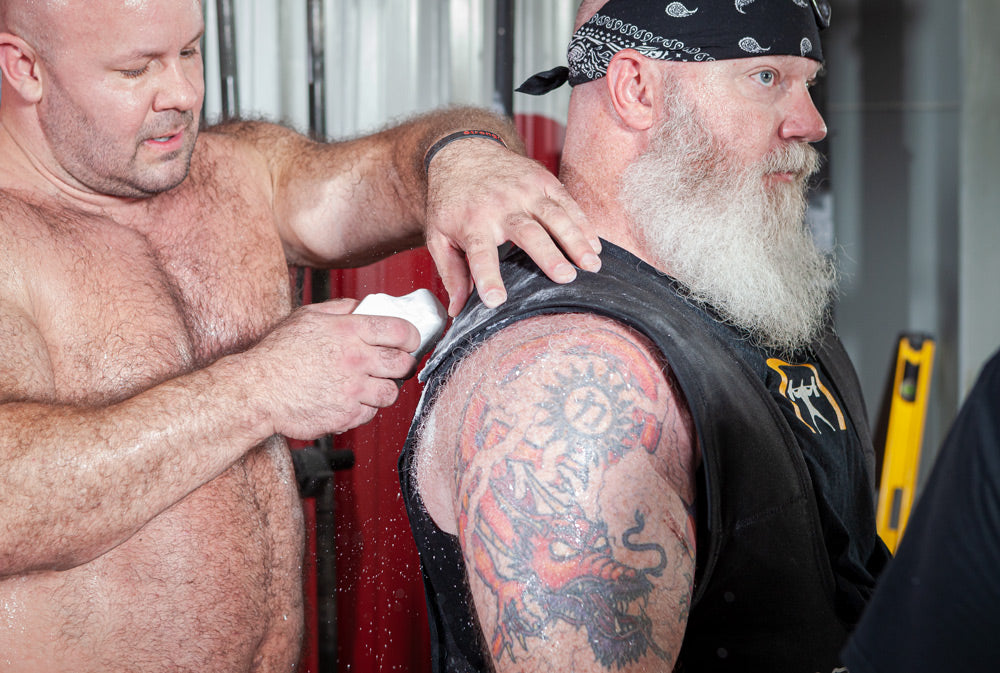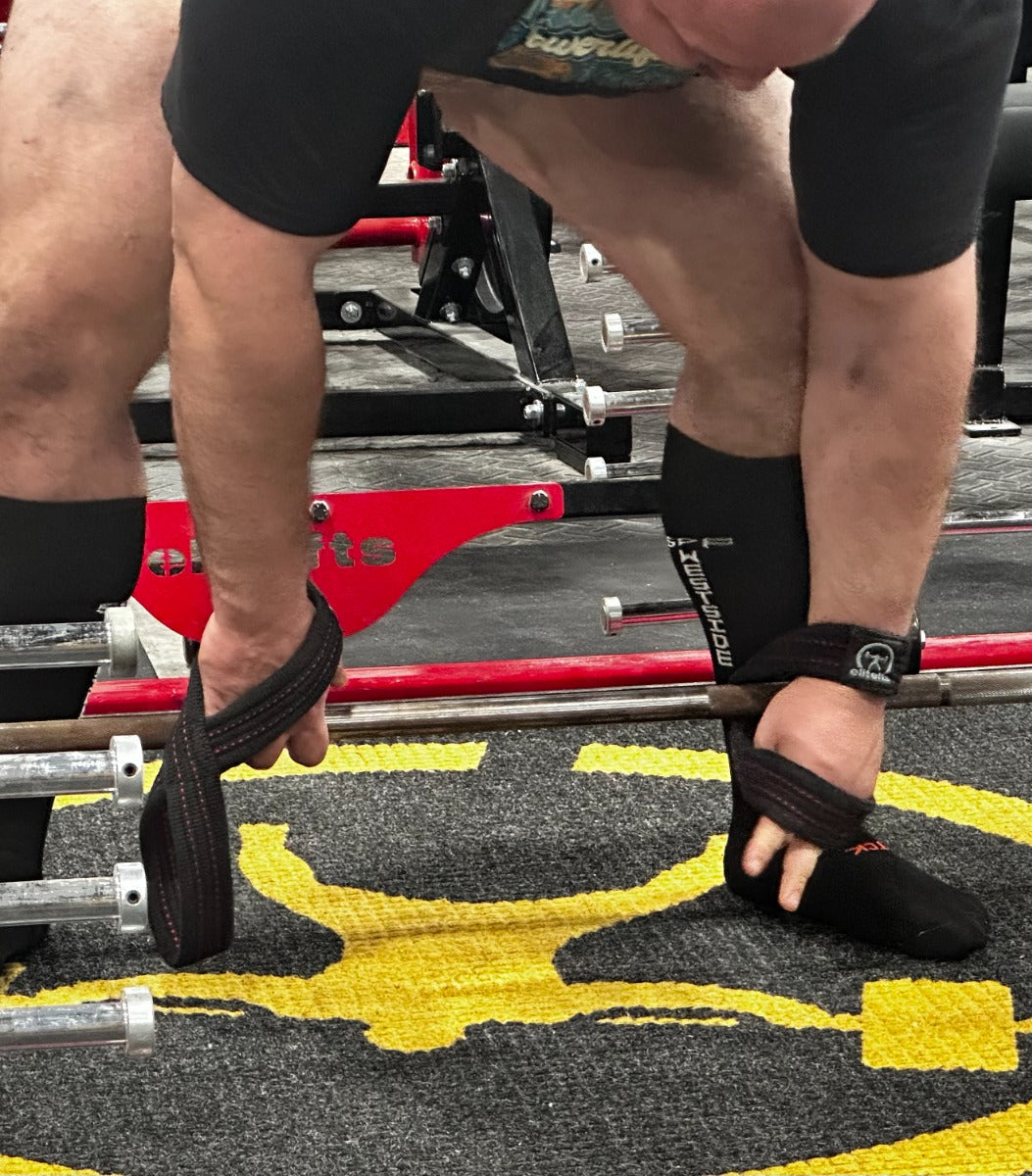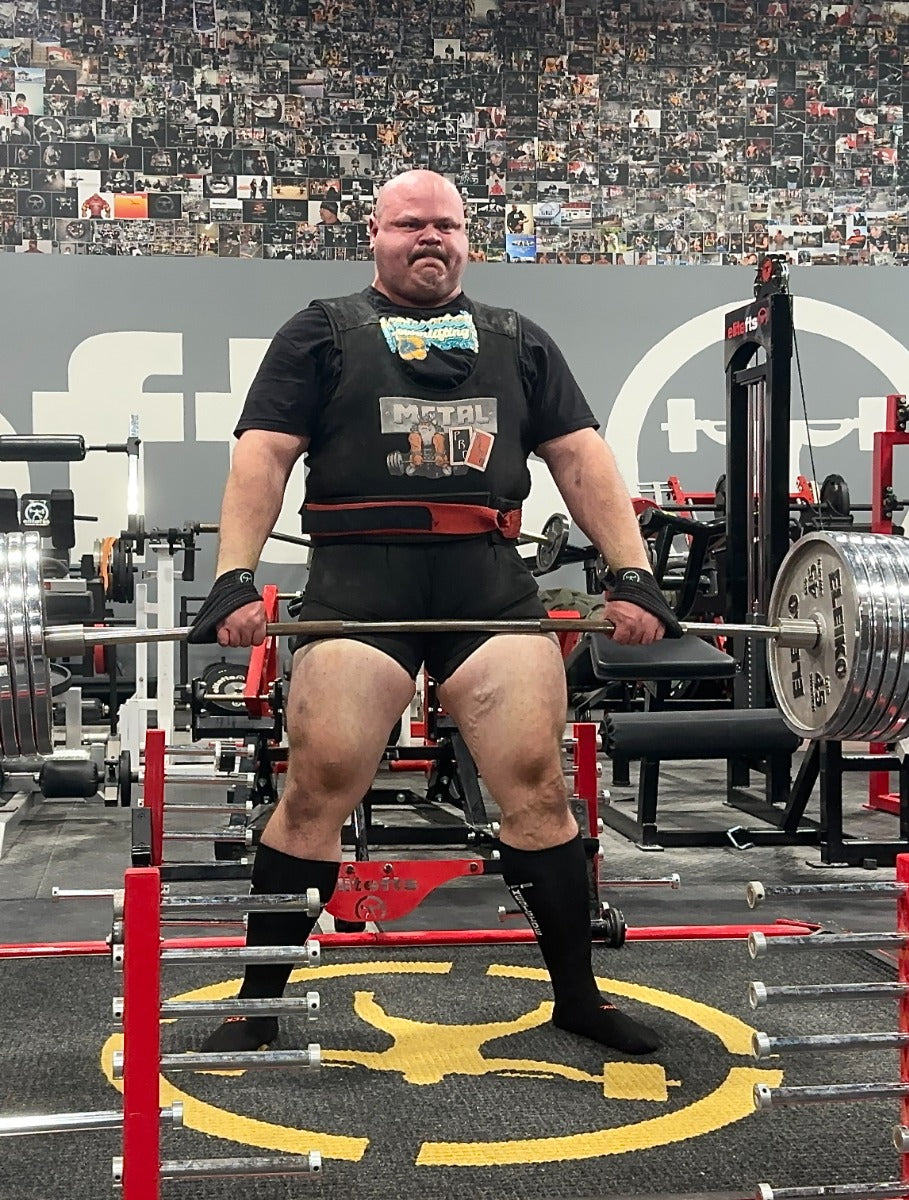
Have you heard that the pectoralis major muscle is a single contiguous muscle? Even if you try to train the upper part more, will all muscle parts still be activated to a different extent? Much indicates that it is wrong. After reading this article, you will understand how to separate pectoralis training better and get the most out of your workout. I have often been asked whether it is possible to train a certain part of the pectoralis major, or if the entire muscle must be trained. The truth is that the muscle has different insertions, which allows it to either pull your arm up against the nose or down towards your stomach. Of course, the muscle cannot do both movements at the same time. It will be easier to understand the function if divided into three parts. Pectoralis major pars clavicularis attaches to the clavicle, called PMC, pectoralis major pars sternocostalis attaches to the sternum (PMS) and the lower part of the pectoralis major pars abdominalis attaches against the sternacostal area (PMA).
RECENT: Boris Sheiko's Thoughts on Westside Barbell
You cannot possibly pull your arm to your nose and stomach at the same time. So, in a way, the muscle becomes an antagonist to itself, which in itself is quite unique and very difficult to explain. The fact that the nerve supply to the upper (PMC) comes from the vertebra segments higher up against the neck, C5, C6, C7 while the middle (PMS) and lower (PMA) are supplied by C6, C7, C8, T1, opening up for the idea that it is actually two separate muscles!
This video shows the anatomy very well. Warning! This video contains dissection of a human body.
Look at the insertion against the humerus (upper arm), it looks like two separate insertions adjacent to each other. Because the insertions collapse, it looks like an insertion that is wrapped around. They also differ in the nervous pathways to those that provide the upper part of the muscle, which is supplied by the lateral pectoral nerve while the middle and lower muscles are supported by the medial pectoral nerve. The clavicular (upper) part of the muscle is responsible for horizontal axillary adduction with a slight rotation of the upper arm. It draws the arm towards the center of the body towards the opposite shoulder and simultaneously turns the upper arm slightly like you would scratch your shoulder. The sternocostal (middle/lower) part, on the other hand, has a sharp adduction to the hip of the opposite side. Just like you're going to reach for something in the pocket on the opposite side. The muscles in the starting position of your arm towards the center of the body will interact. Therefore, one part of the muscle becomes dominant and the other will lower its activity to allow the dominant muscle to work. An example of this is if we contract both biceps and triceps at the same time, we stabilize and "lock" the elbow joint that will hold our arm straight. In order for us to bend the arm, we need triceps to lower its’ tone and allow biceps to become dominant. When the arm is to be straightened out, biceps may lower its’ tone and allow triceps to become more dominant. In the same way, we fix the arm to the body's middle section when we tighten the pectoralis major muscles. Because of this, one part of the pectoralis muscle will become more dominant and the other will let go of the movement. Of course, it is possible to argue the importance of separating these muscles. Personally, I think it would be more correct to do so since many schools teach that the pectoralis muscle is just one muscle and that it's impossible to 'isolate' any part of it. In the beginning of 2000, I became certified as a personal trainer at one of the famous PT schools in Stockholm/Sweden. Here we also learned that it is not possible to train a part of the pectoralis muscle without the whole muscle being trained. Almost 20 years later, today's schools, teach the same thing. I have googled this and see that all 'experts' agree that you can’t train one part of the pectoralis, without the whole pectoralis being activated. I’ve looked at various training forums where people agree about that. I would like to say that you have been fooled, but do not continue to fool others. Instead, try to see what can actually be studied more scientifically from anatomy, physiology, and neurology. I have consulted with several medical experts and they are unanimous agreeing about this topic; there are two different muscles that are accidentally termed as one. I had even a deep discussion with a professor in anatomy, where he was open to the idea that a new study should be done to separate the upper and lower pectoral muscle. The insertion actually seems to be two parts that are wrapped around each other but is considered to be attached as one. Since there is no space between, it is considered that there is one and the same attachment. As the professor said, one knows that the muscle is supplied by two different nerves and attaches differently and thus can move in different directions. However, it is still anatomically determined that it should be seen as one muscle. After communicating for several weeks via mail, we realized that there are no new anatomy findings that have occurred, but a functional assessment of a physical therapist or physiotherapist should be made in order to separate this muscle in the literature. If anyone reading this article has the opportunity to do such a study I would like to help. Please send me an email atinfo@seminoff.se. I can see clear advantages when separating these two parts of the muscle while training. For the past 14 years, I have worked as a kinesiologist and used muscle testing as a tool for finding malfunctions in the body. In most patients seeking help for shoulder problems, the clavicular (upper) part of the pectoralis muscles has been testing weak while the sternocostal part has often been 'too strong' and can’t be weakened by an overload test. The muscle provided by the lateral pectoral nerve has thus been inhibited, which means that it has had too low muscle tone and could not stabilize around the shoulder during a muscle test. While the lower part of the medial pectoral nerve had too high of a muscle tone that did not turn off during an overload test. What you may not think of, is the relationship between these muscles and their synergists (helper muscles) and their antagonists (who work against the movement). If we have an imbalance in these muscles, the imbalance follows over to surrounding muscles and we will have a problem.

We use different arm positions to mobilize the rib/ribs at the sternum (chest bone), just as we do around the shoulder and the vertebrae. Because of this, it is also very important how to make your setup for chest training. When lying on the bench and lifting the bar for a bench press, squeeze the shoulders together, keep the abdominal pressure under the eccentric phase (still with sternum up). At the bottom, before the bar goes up, tighten the lats as it will help you get the upper arm in a starting position so that the pecs can then take over the movement, to finally get locked out by the triceps. A failure to do this at the bottom of the lift will result in you overcompensating with your shoulders. It's a huge mistake that causes shoulder problems, overtraining, and good results will be absent. Even many advanced lifters forget to engage the lats properly, probably a lot because of the fact that they only compete with equipment, which means a huge eight-inch
bench shirt that automatically holds the arms in the starting position. Raw powerlifting (without equipment), is relatively new, which I personally think is a reason why this is somewhat unknown. For the clients that find it difficult to find the bottom contact, I usually stand over the bench and lean against the bar as they push themselves away from the bar. This way, most people usually feel how they connect the muscles from the back to stabilize the body. The abdominal corset is well known, while the chest corset is probably new to many. I usually term this phenomenon like the chest corset, as it gives a picture of how it will feel when setting up for a heavy, but safe lift. As mentioned earlier, both biceps and triceps span at the same time so you lock the elbow joint. Similarly, you 'lock' the chest by tightening the muscles around the back, the trunk and the chest at the same time. It is easy to think of the muscles that are pushing forward and forget those stabilizing and enabling movement. If you are scheduled to train chest, it is easy to do some bench press, dumbbell press, cable cross and maybe triceps and possibly some abs afterward. If you train and do five sets of bench press, four sets of dumbbell presses on the bench and four sets of standing cable cross, you have made 13 sets of the sternocostal (middle/ lower) part of the pectoralis muscle that is supplied by the same nerve. You've probably done almost every set to failure. It involves a heavy overload for the muscle, and above all, for the nervous system. This while the clavicular (upper) part has not received any attention. If we resemble the nerve threads of the electric cables, the lateral pectoral nerve (which goes to the upper) is barely used underneath the session, causing the muscle under-stimulated. The medial pectoral nerve fries the sternocostal (lower) part of the muscle with too high nerve-voltage like it sat in the electric chair and we tried to kill it. How can a muscle stressed to this high degree ever get strengthened and adjusted? I do not mean you should work less, I mean you should work out more efficiently!
WATCH: Equipment Feature — elitefts Custom Bench
Review your training schedule to get the maximum out of it. Train your whole pectoralis but concentrate on your weak part! In order to maximize performance, one needs to work continuously for a long time. With the above example, we will avoid making a pitfall for ourselves and be able to keep a steady increase over time. By planning the training better, you will get more results even if you train fewer sessions than you previously did. In the beginning, you must put some work in before finding your way of planning your exercises and see what works for you. Be responsible and do not waste your time. I usually think that if I practice bench press, I practice bench press (any variation of it), then dumbbell presses, an upper back exercise, a triceps exercise and a shoulder exercise (usually the posterior part). This session takes about 60 minutes and I train a heavy session once a week and a lighter one (upper body twice a week). I try to do various exercises each time to prevent the body from adapting to only one particular way of training. During base lifts, it is usually easy to see my shortcomings and what assistance exercises should be completed to get ahead faster. If you are unsure, you should work out in the following order:
- Bench Press (some variant, I change this to Shoulder Press sometimes)
- Dumbbell Press or Flyes (preferably for the upper part of the pec)
- Lats /Chins /Pullovers
- Rowing Exercise (Dumbbell Row, Cable Row, Row with Bands)
- Triceps (one exercise)
- Shoulders (preferably rear)
info@seminoff.se.
Stefan Waltersson is a professional strength coach certified by Westside Barbell, lecturer, physiotherapist, author, personal trainer, kinesiologist, sports massage therapist, nurse assistant and founder of Seminoff Sport & Rehab in 2004. Stefan has previously worked in neurology (Sahlgrenska University Hospital) with researching doctors in microbiology and clinical chemistry. Check out his website at http://seminoff.se/.


